In asking both Ash and Max the why for public spaces – they each point to the essential social implications of their work. Max notes that, “Although The MAAK is continually evolving as we grow. A golden thread for us, is the idea of ‘publicness’ and inevitably social impact. Because we work predominantly in under-resourced areas, we are critically aware of the potential impact each project can have. Focusing on public buildings (libraries, clinics, creches etc) and public space, has been a way for us to maximise on this potential and focus our craft.” While Ash describes their work as a form of ‘care work’ enacted through architecture; “For me, The MAAK has fundamentally been about people. It hasn’t actually been about buildings. I would have loved to have been in the medicine or care work world in another life, and so public spaces have become this vehicle for me and way of caring for people.”
The MAAK is a process-led practice that strives to move away from ‘outputs’ being the driver of what they do. An important part of this is working in a way that deals with agency as having been experienced by everyone involved. Working in the public realm involves looking at the users of the space as being as important as the client or funder(s) who pays for it. The two note that this opens up each project as a space for serial collaboration and presents the opportunity to engage the act of architecture beyond the conventional modes of typical ‘client/ architect agreements’.
Take their current library project at Rahmaniyeh Primary School in District 6 (being built in collaboration with The Otto Foundation) as an example. Beyond pleasing the school (and the project funders) their primary goal is to engage with and understand the learners themselves. By hosting workshops and making sessions, they have created the container from which they can learn from and build empathy with the eventual users of the space; the learners themselves. This process towards understanding each projects’ needs is not typical in architectural practice – and is what sets The MAAK apart. Max explains “we often talk about ourselves being midwives who are really just trying to safely carry ideas, needs and desires, through the expression of architecture, into reality. In the context of our work it is rarely the client or funder who will make use of the building. Knowing this, it becomes critical for us to find ways of engaging with the people who will actually use the space. It is ultimately their brief (not the clients) that will determine the success of each project.
The MAAK governs an area of ‘sustainability’ or environmentalism which tends to be under emphasised; the need for human beings to exist safely and with dignity. As Ash explains, their thinking is about quality and the experience people will have with the building, “for us, sustainability is as much about the environment as it is about urban resilience. We are lucky to work with a lot of sponsors, some of whom donate materials to our projects. It is our responsibility to make sure that these resources are deployed in a way to lift communities as opposed to becoming a burden on them. Constructing maintenance heavy buildings or using short-term solutions (like containers or prefab structures) do more harm than good- especially in low-income environments.”
Each year, The MAAK hosts ‘Follies in the Veld’ (FITV); a fast-paced ‘design and make’ programme that invites collaborators to experiment with unconventional materials by building a temporary installation together.As Max says, “architecture is typically a very slow process – getting to the point of construction can sometimes take years from the point of conception. Follies in The Veld, in some way, is a reaction to that . It is a chance to act, think, experiment, fail, learn and unlearn quickly. Using chosen materials as the lens to do this, has been a liberating process and has produced wonderous innovations over the years.” For the FITV programme in 2019, The MAAK, in collaboration with visual artist Amy Rusch and the creative collective ‘Our Workshop’, used up-cylced TetraPak to create 2 large canopies in an under-utilised public space in Langa, Cape Town. The profound installation stands testament to how acts of creativity and joy can encourage new life in our cities.
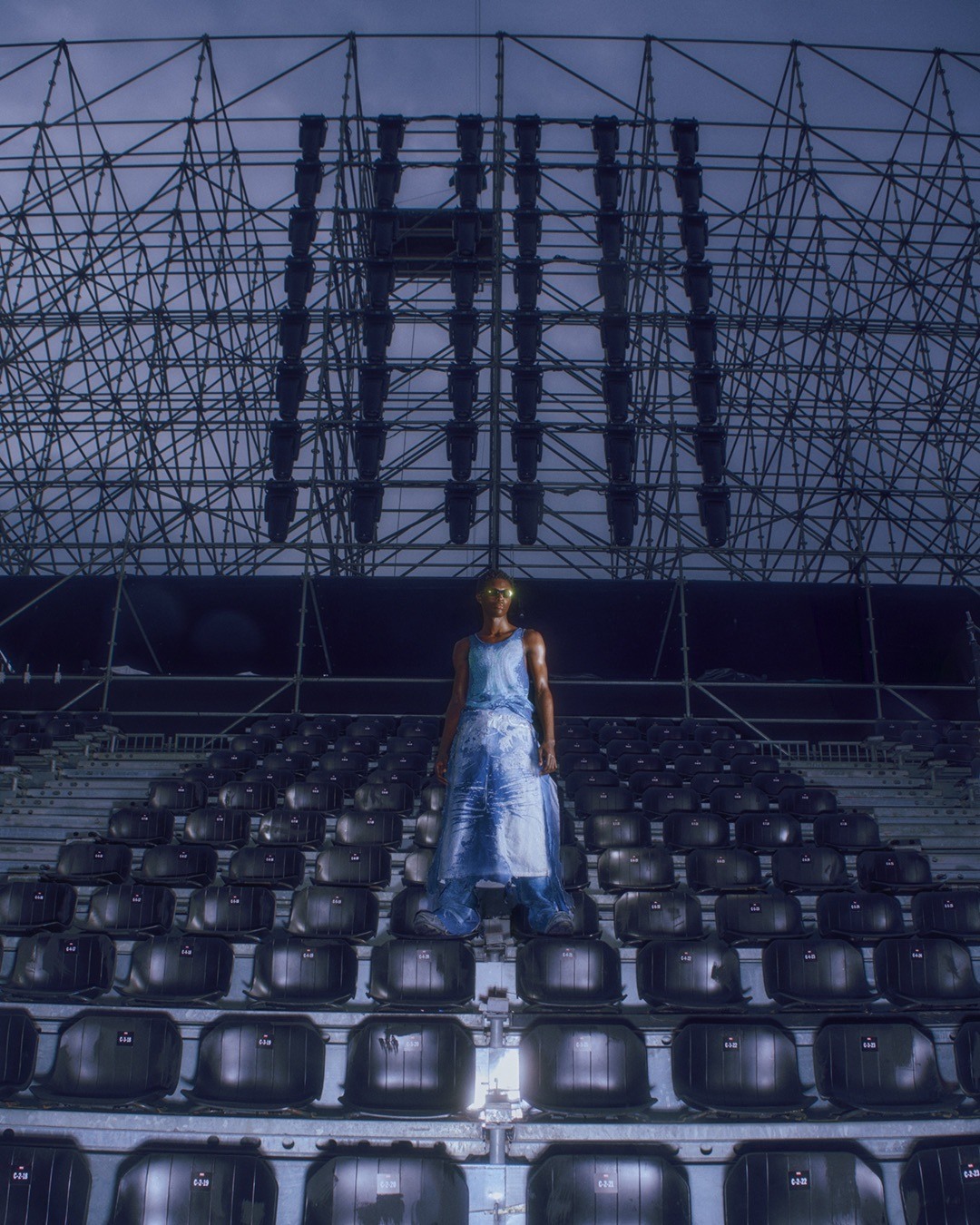

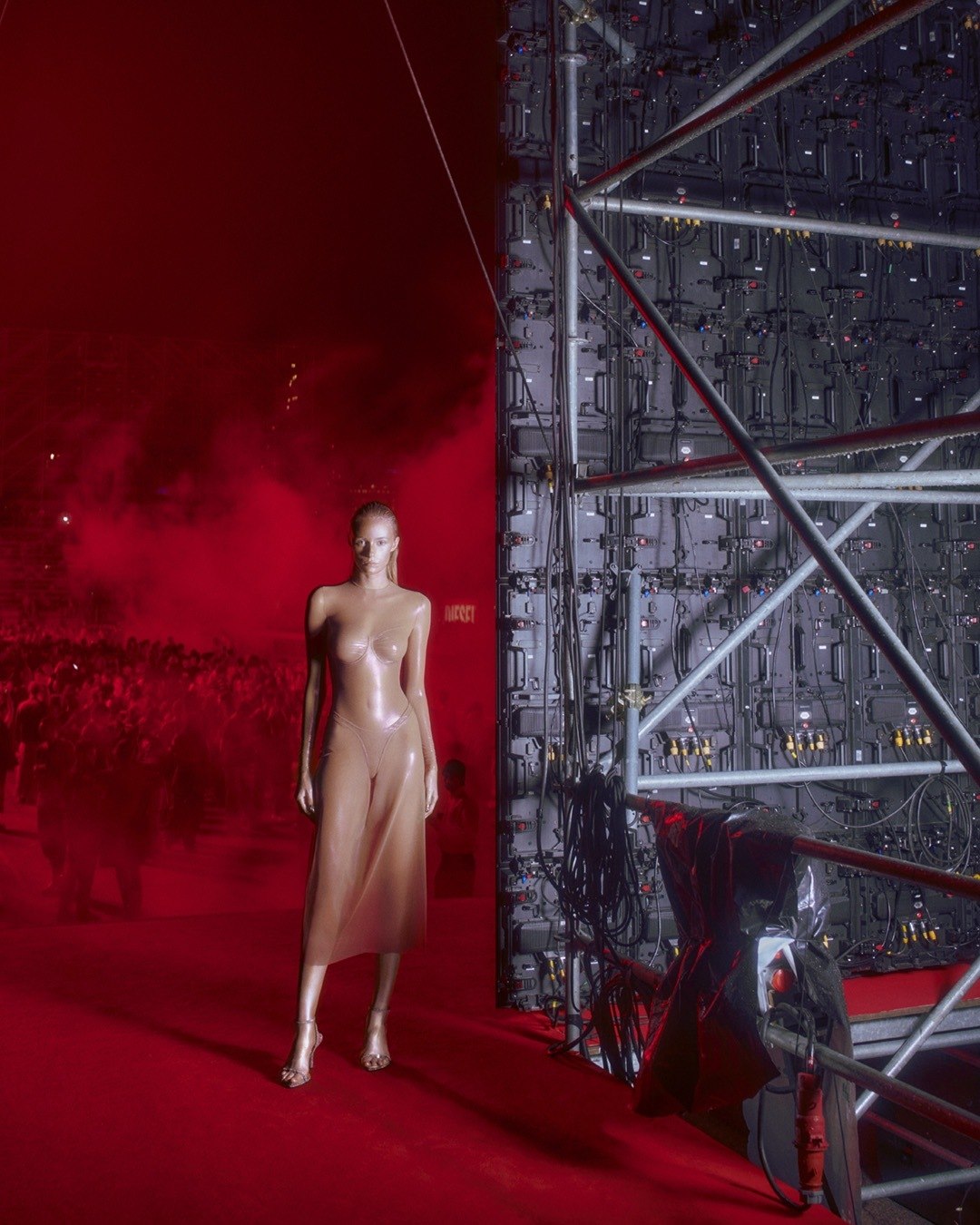

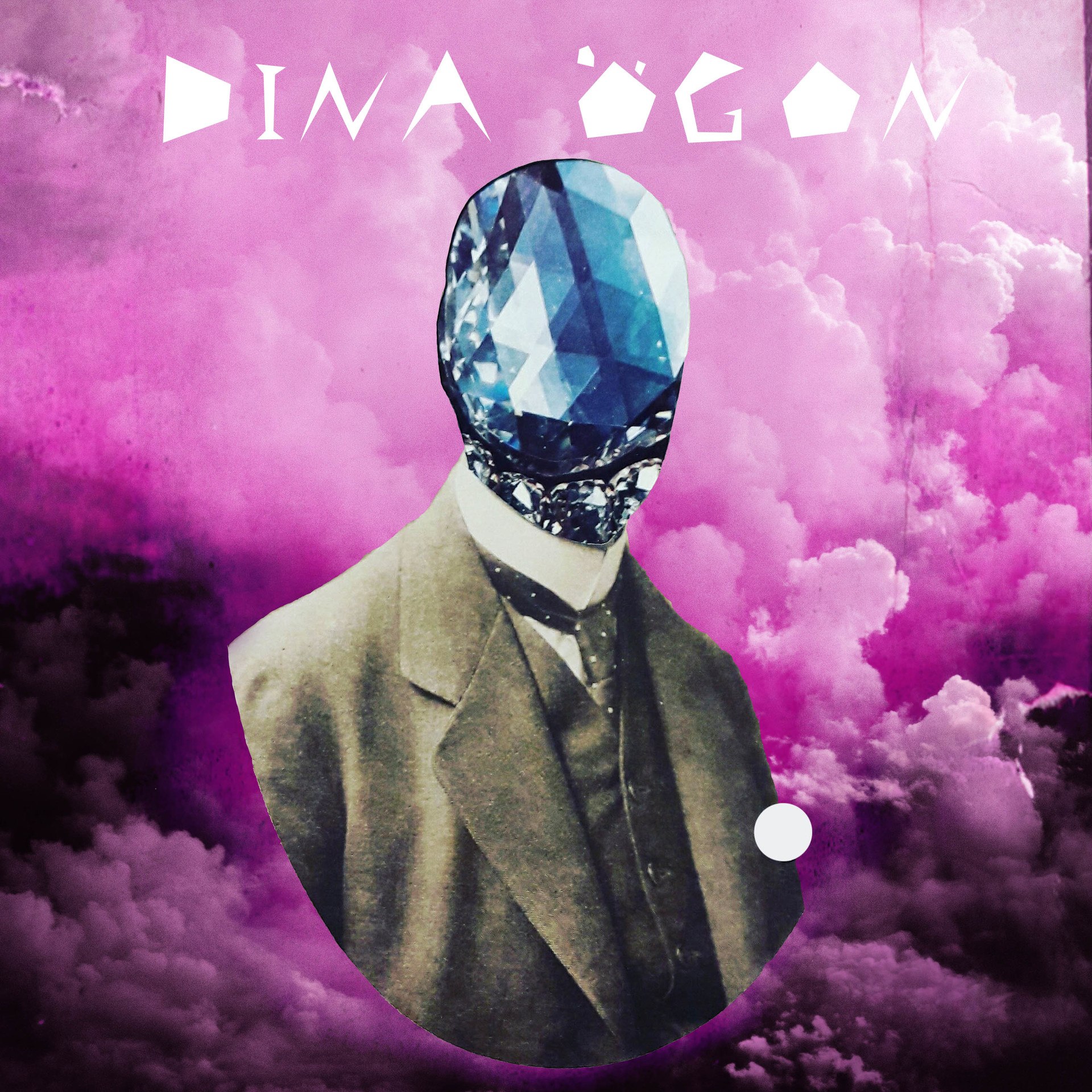
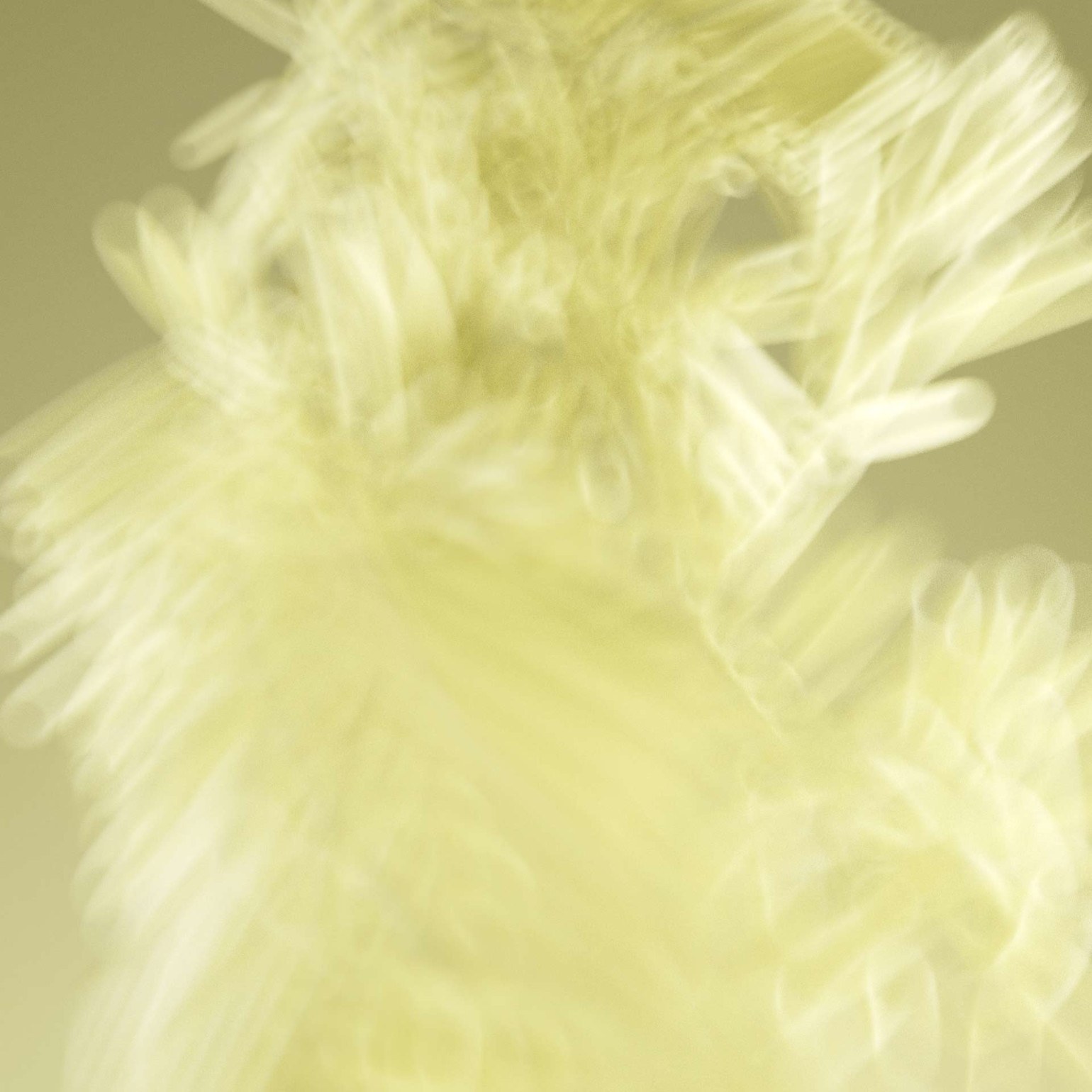
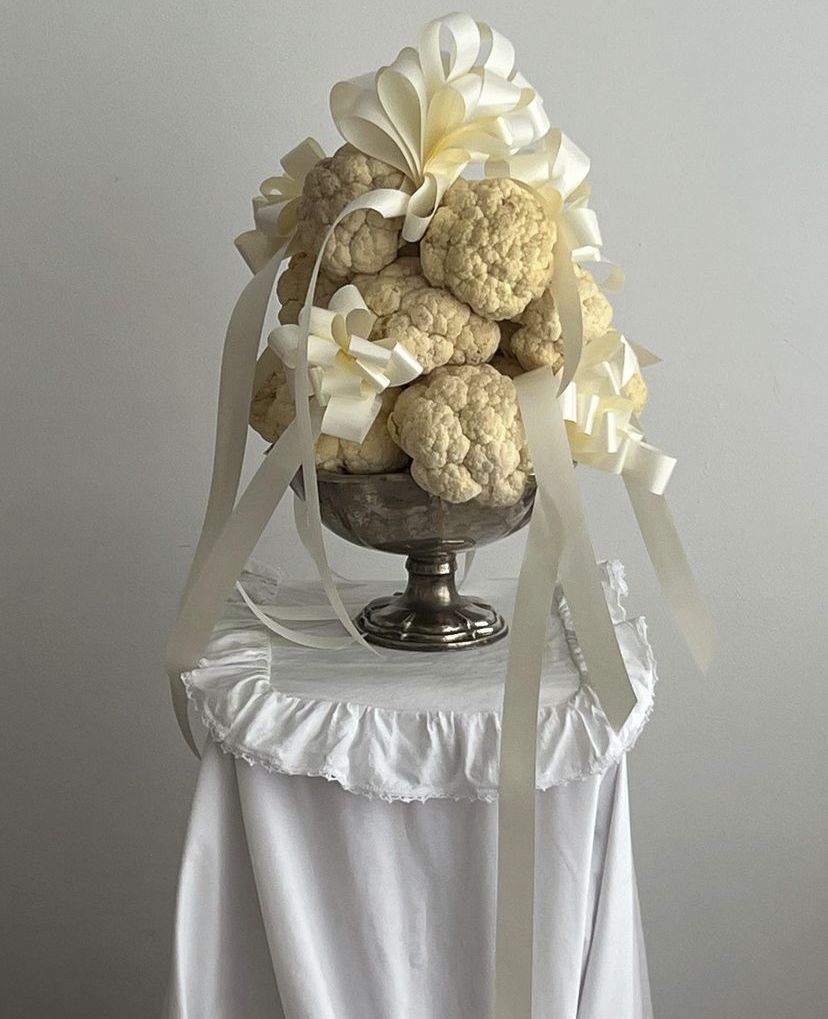
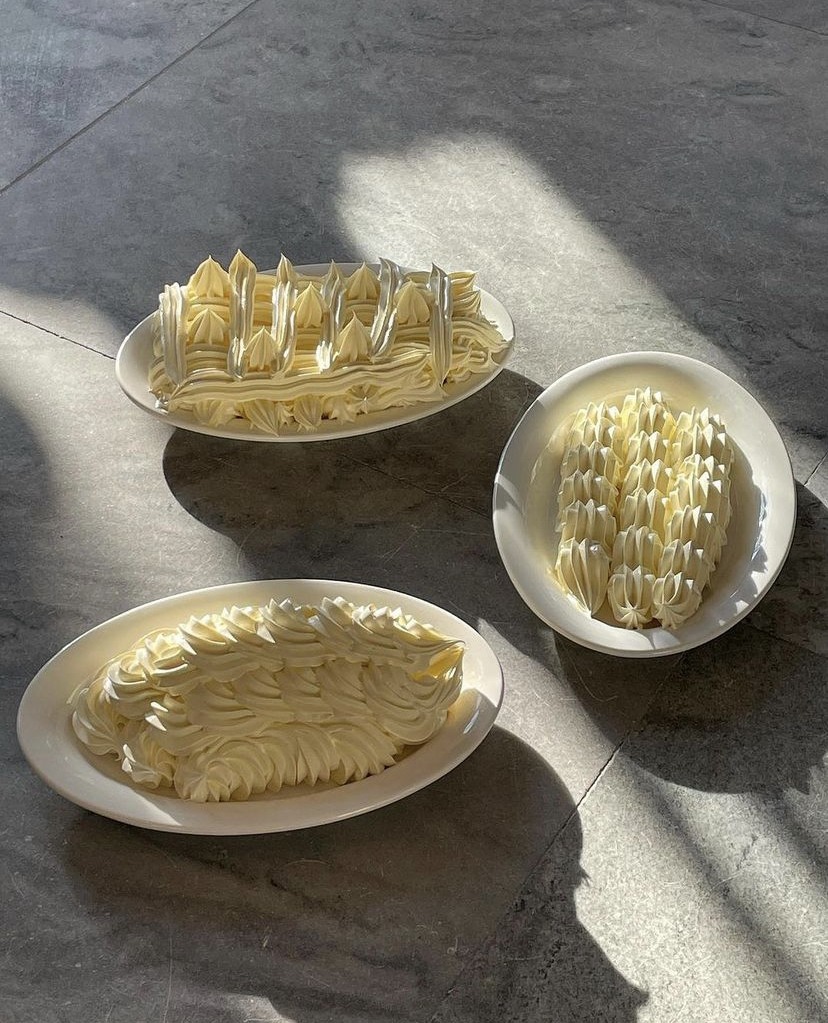
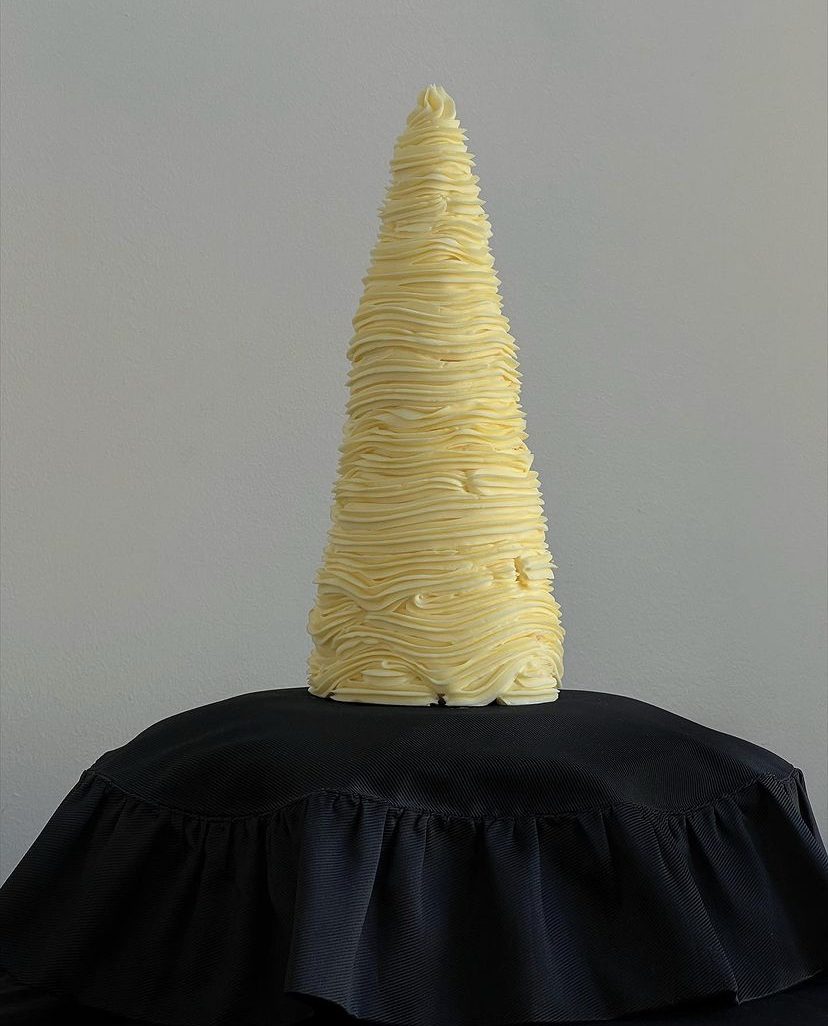

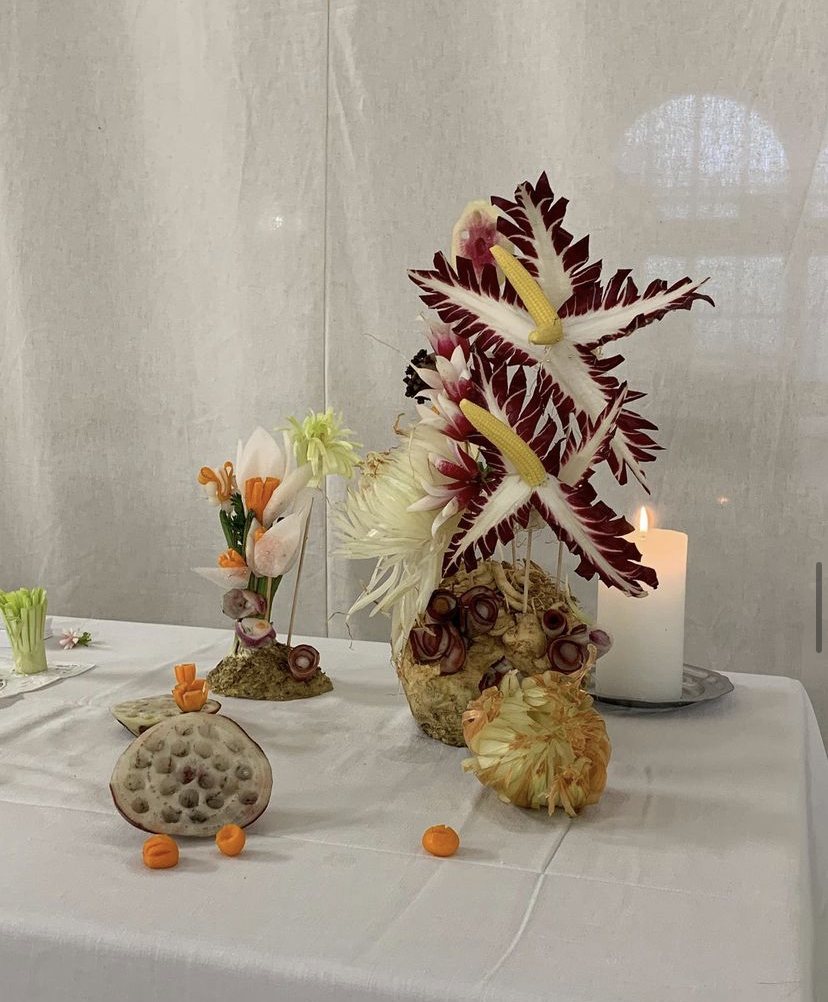


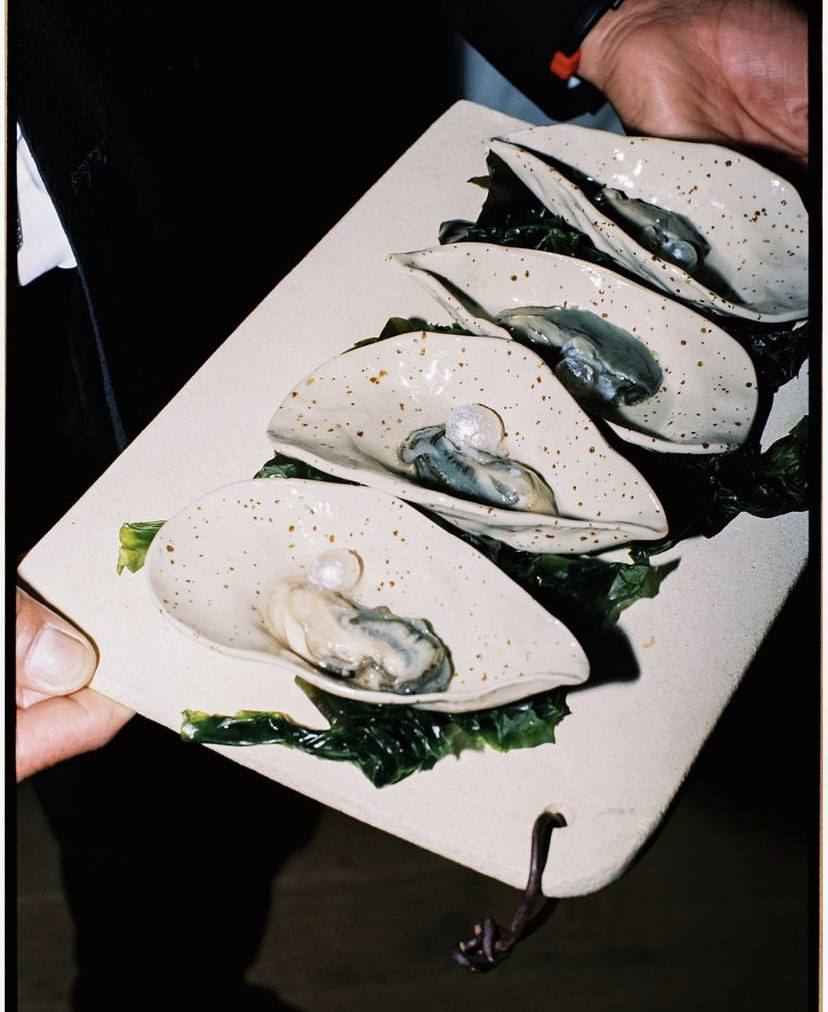

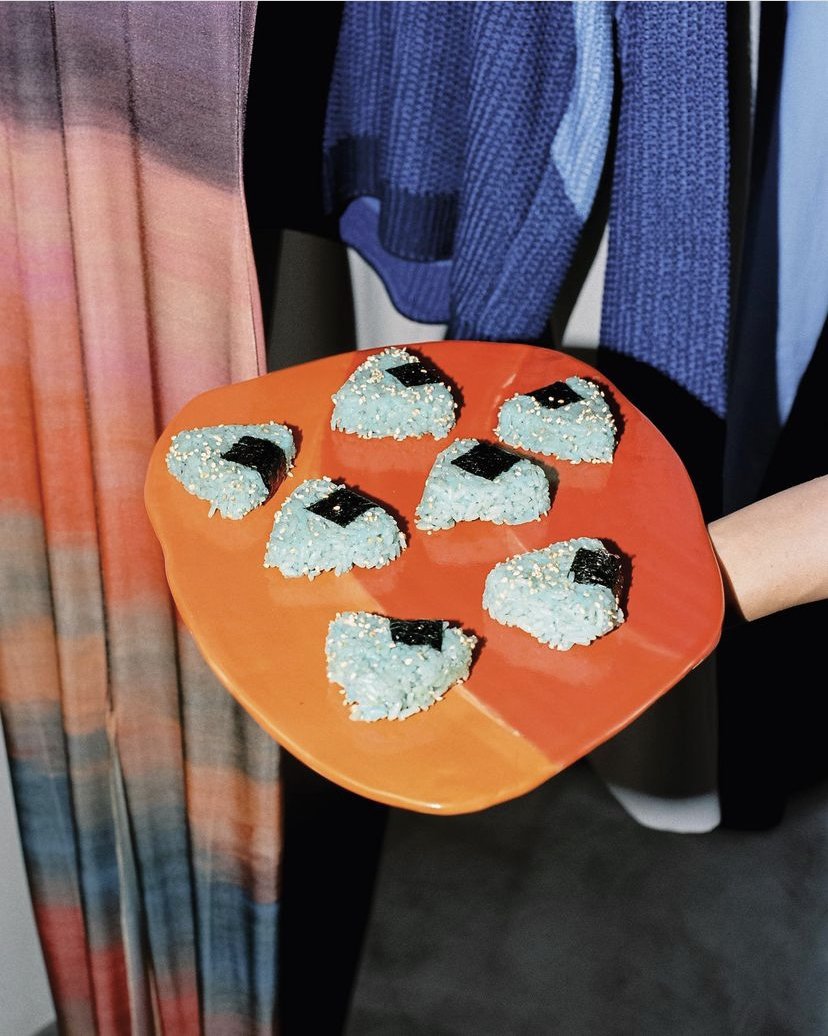

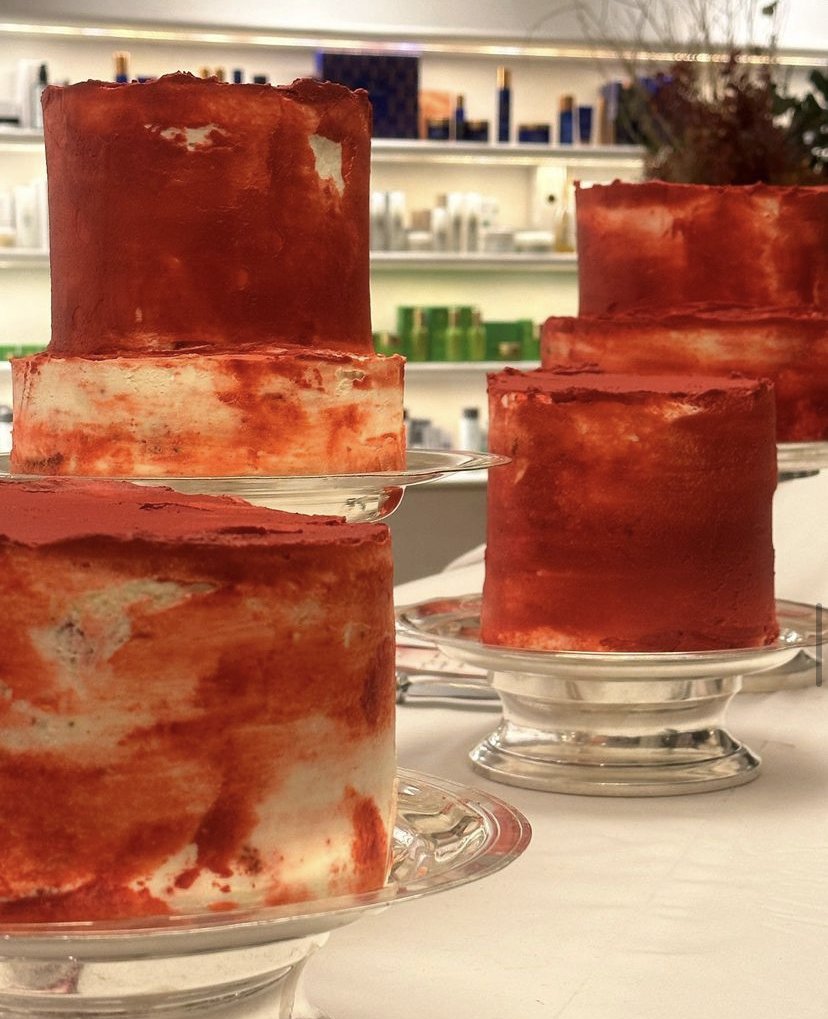
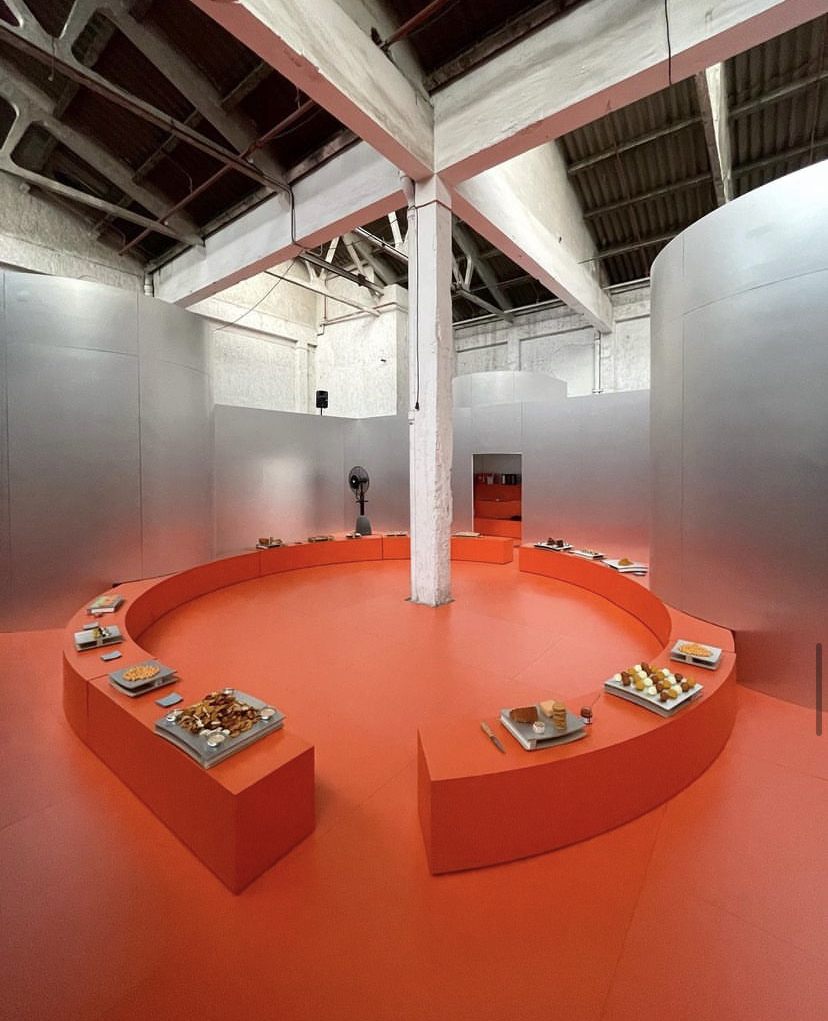
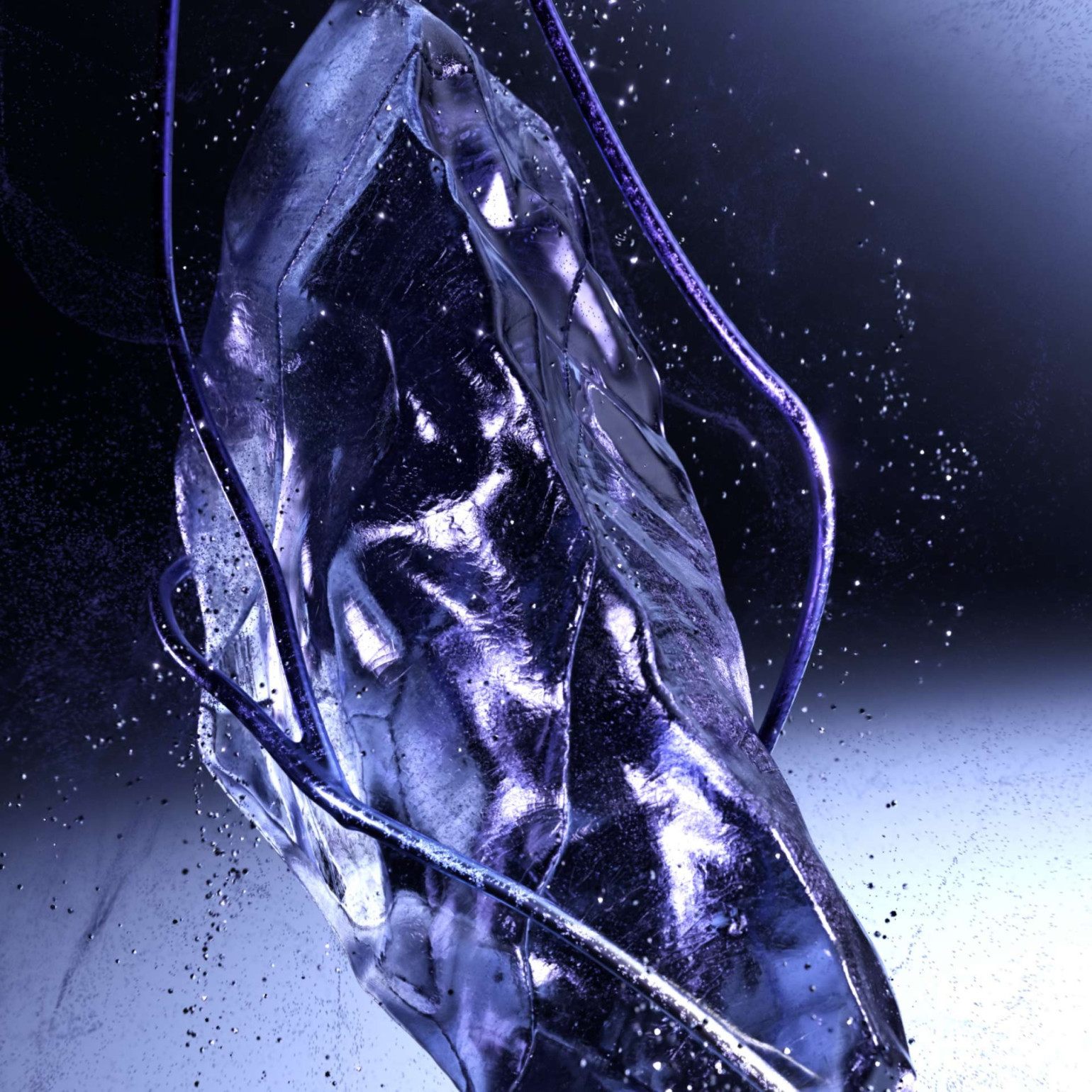
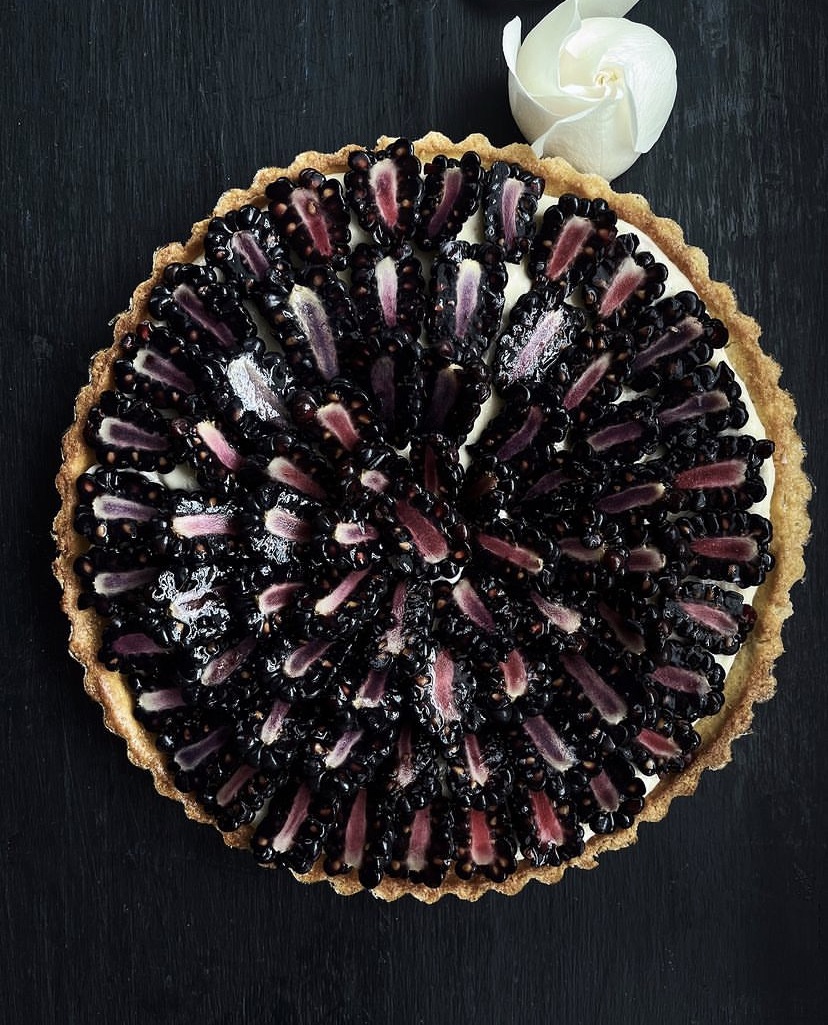



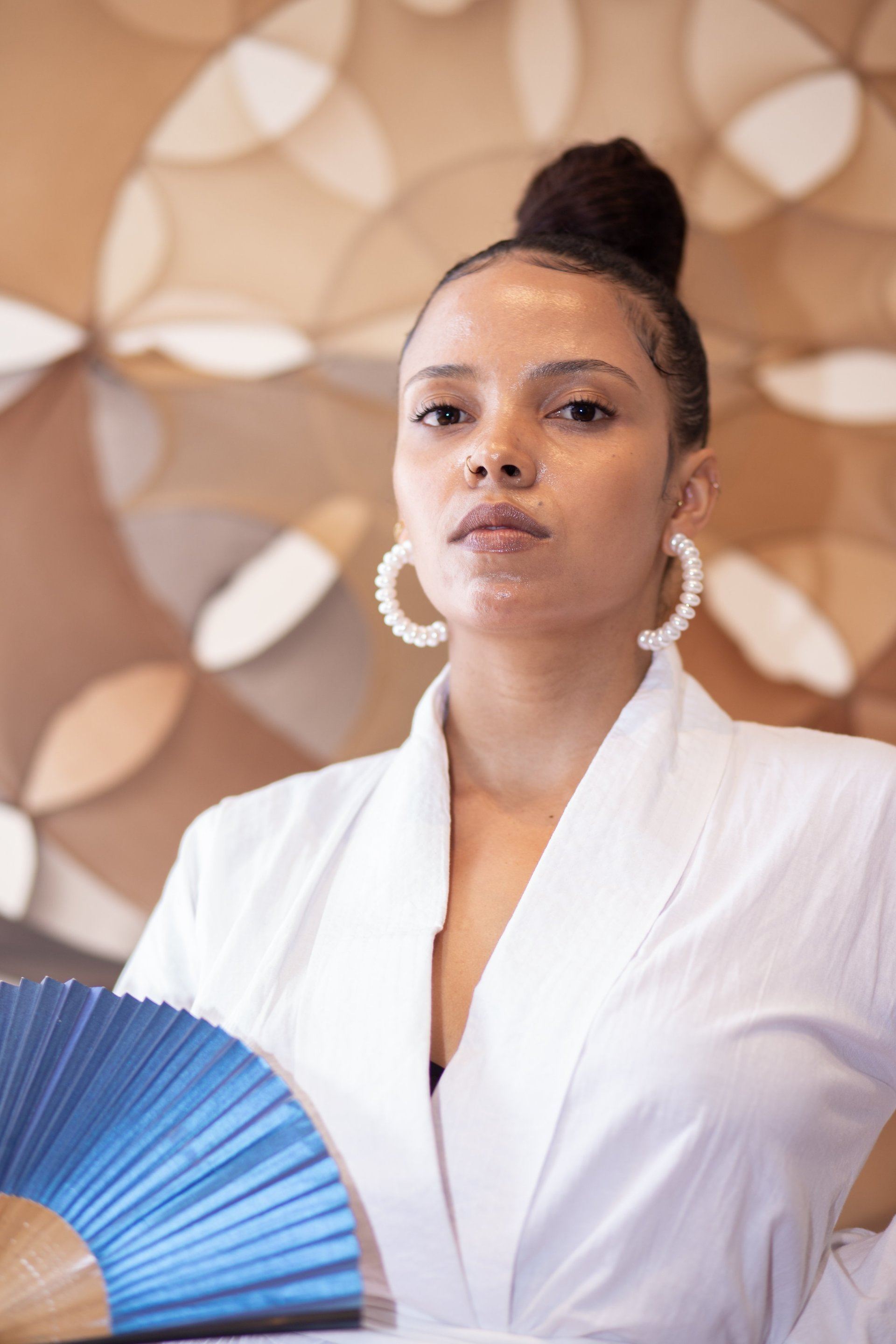
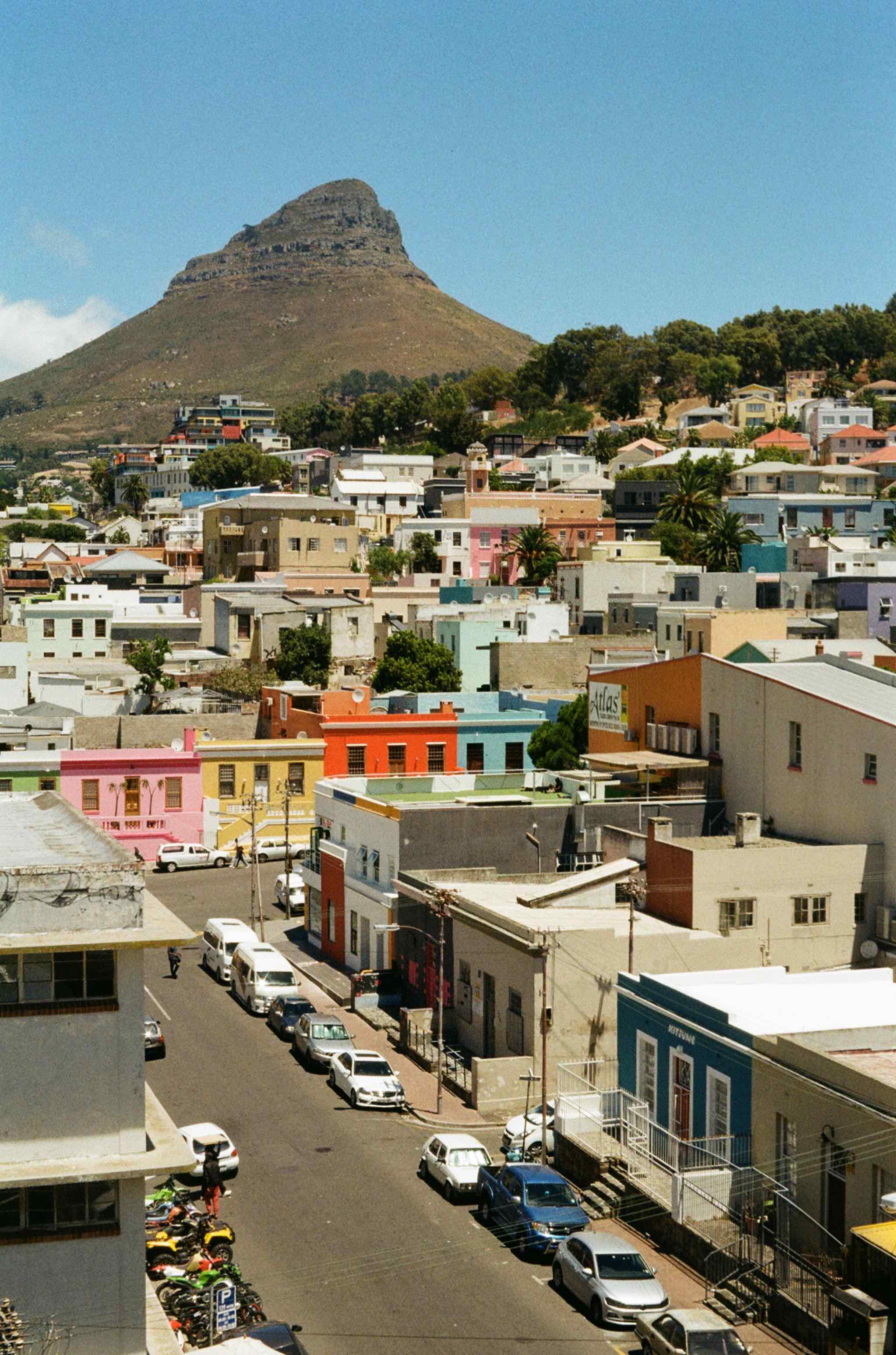
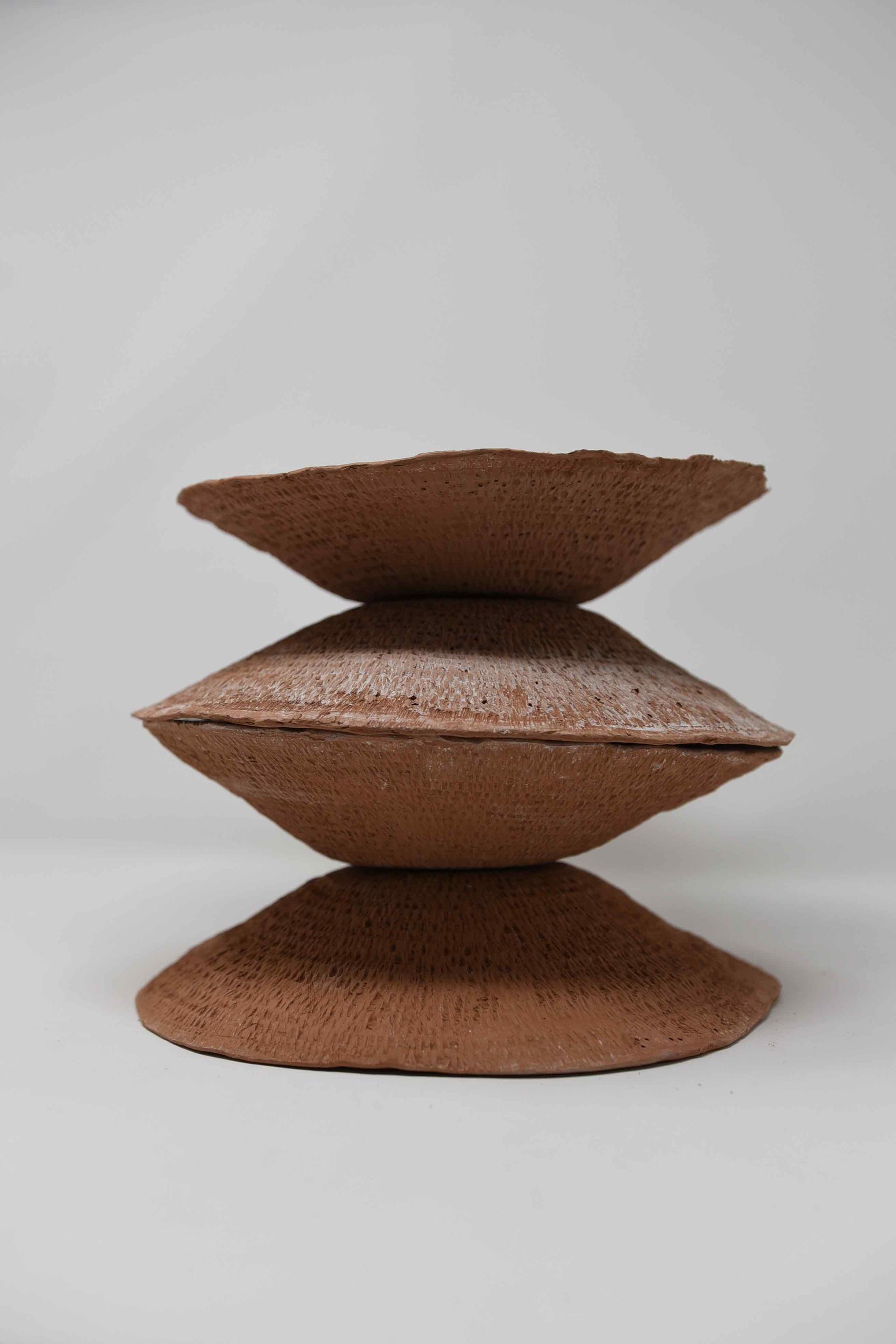
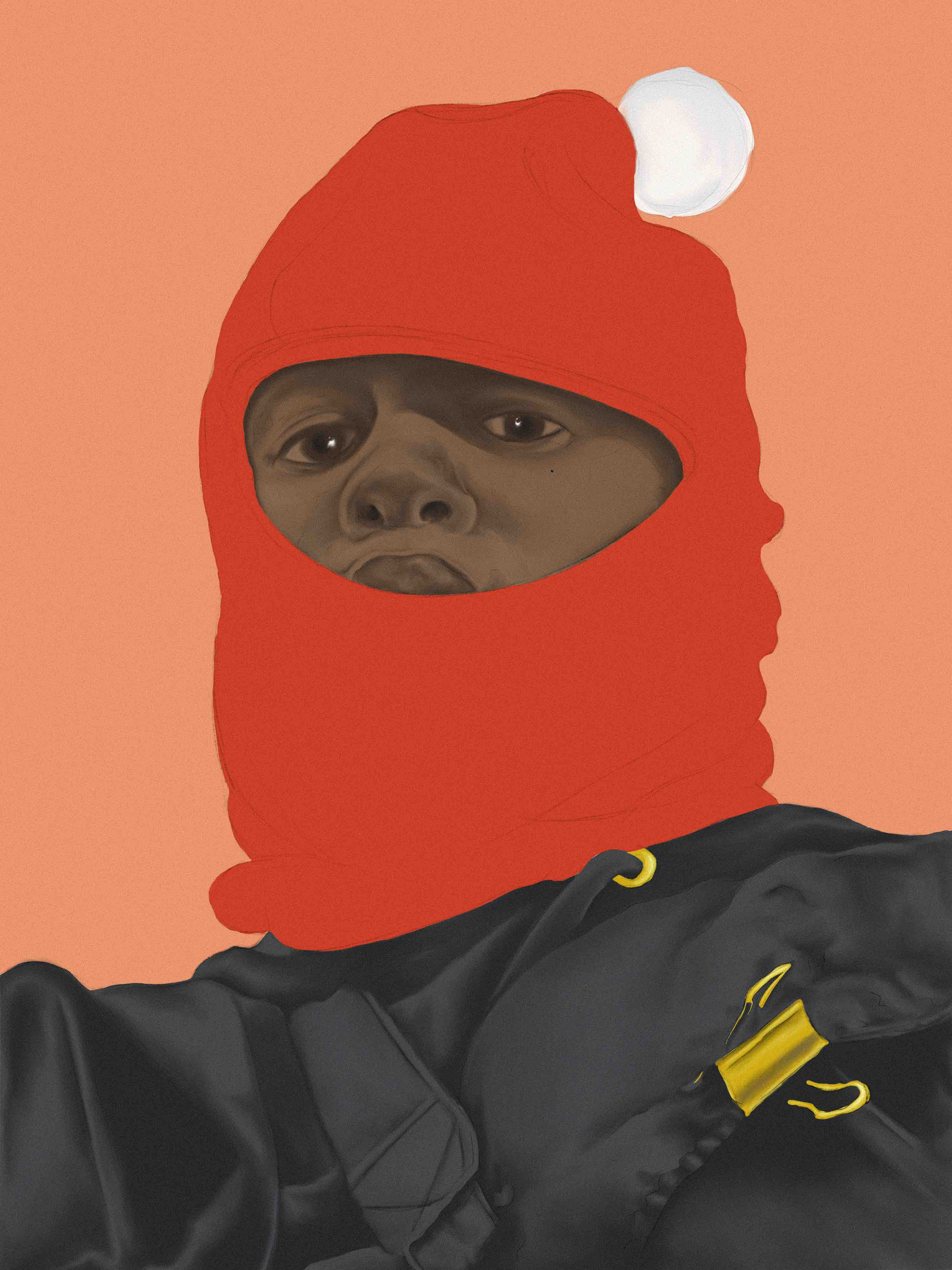
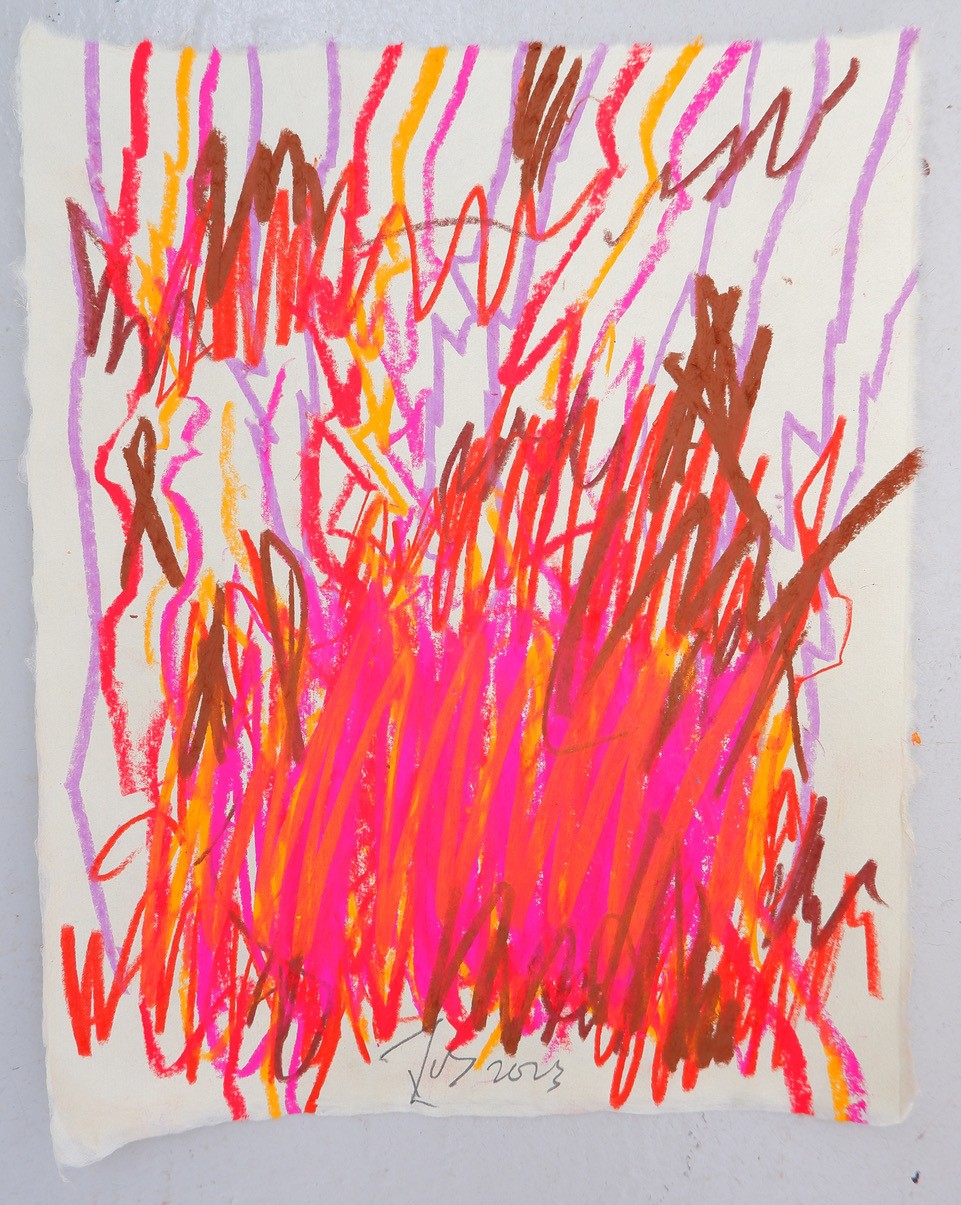




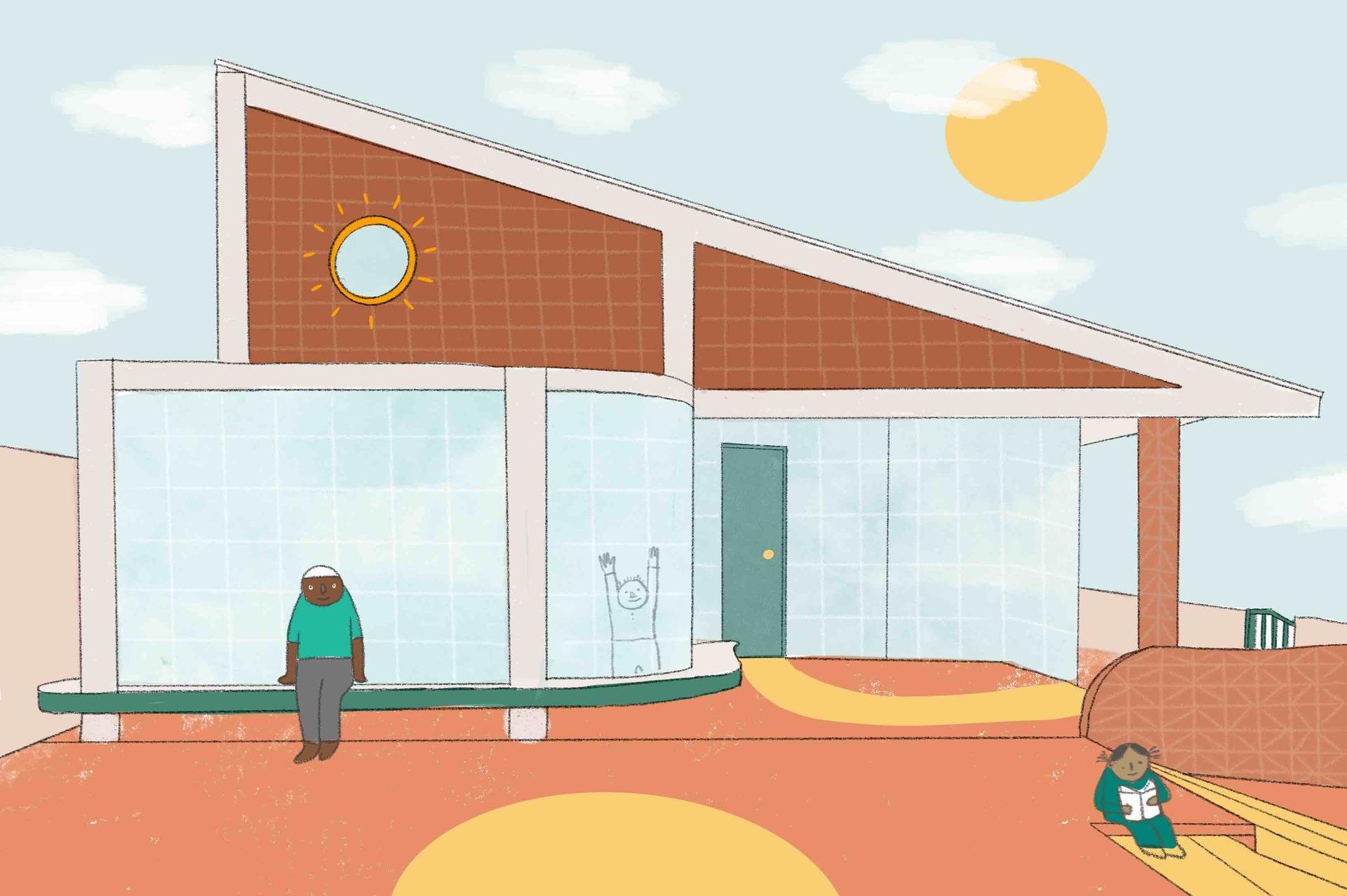
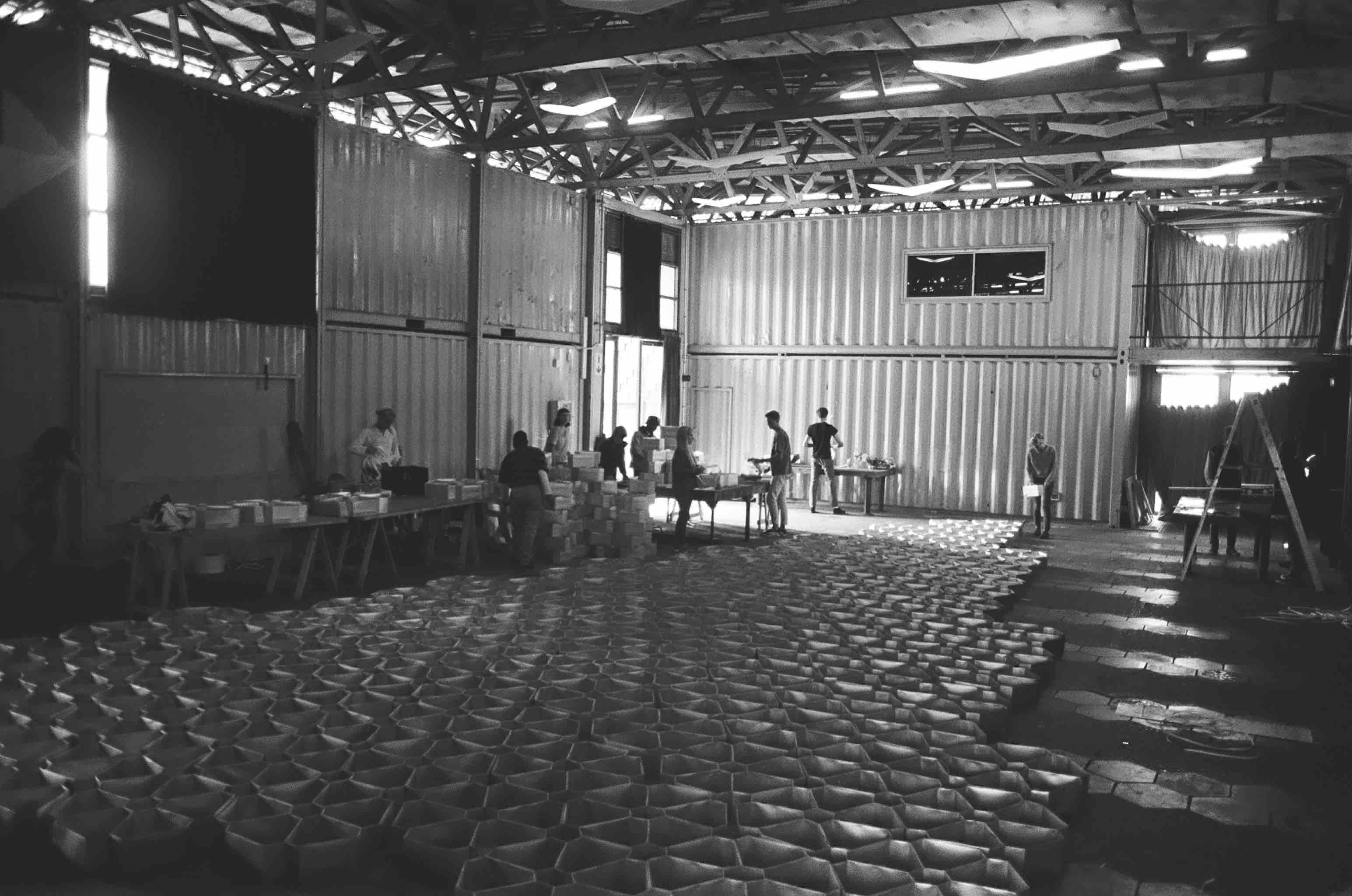
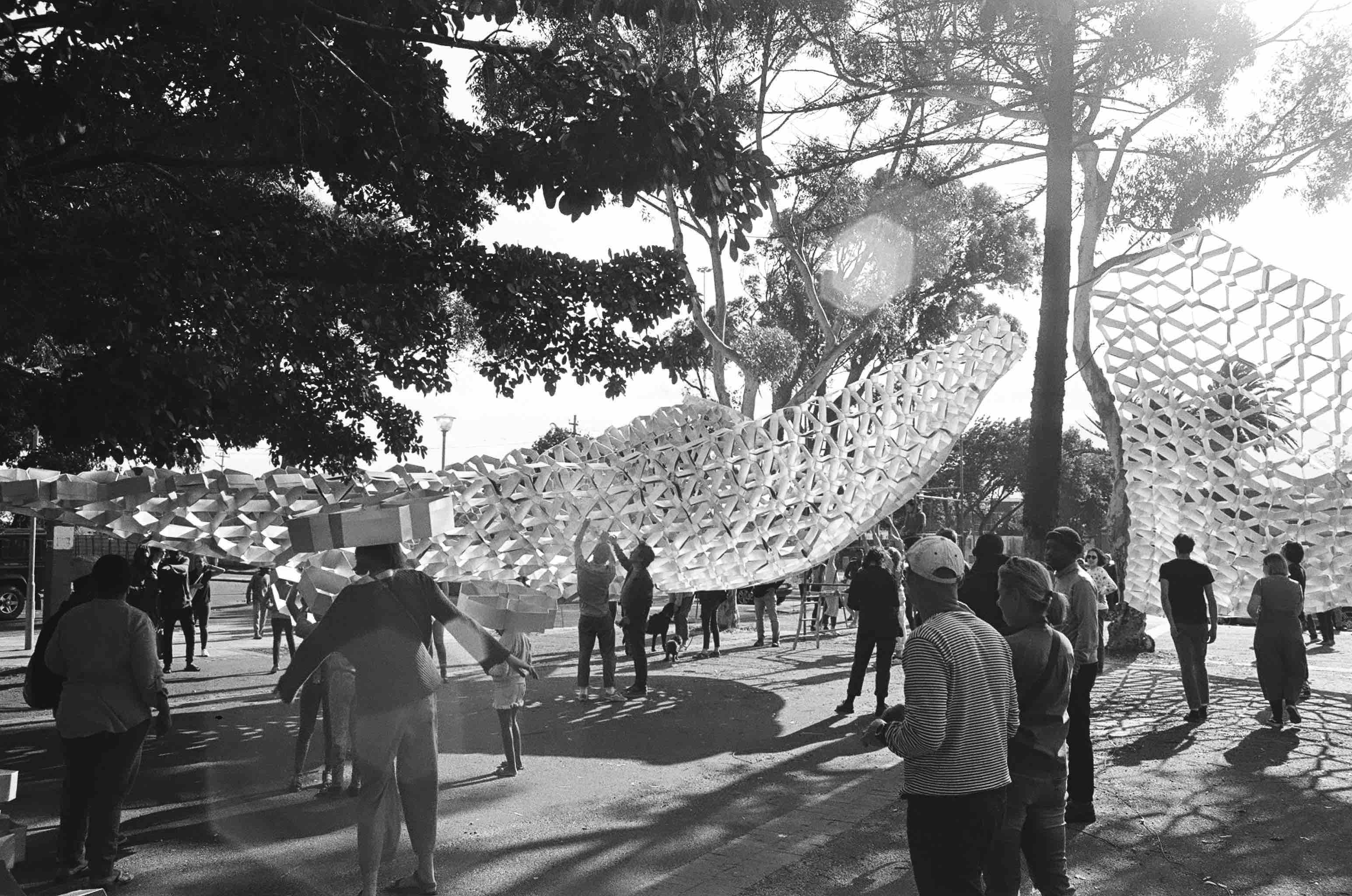

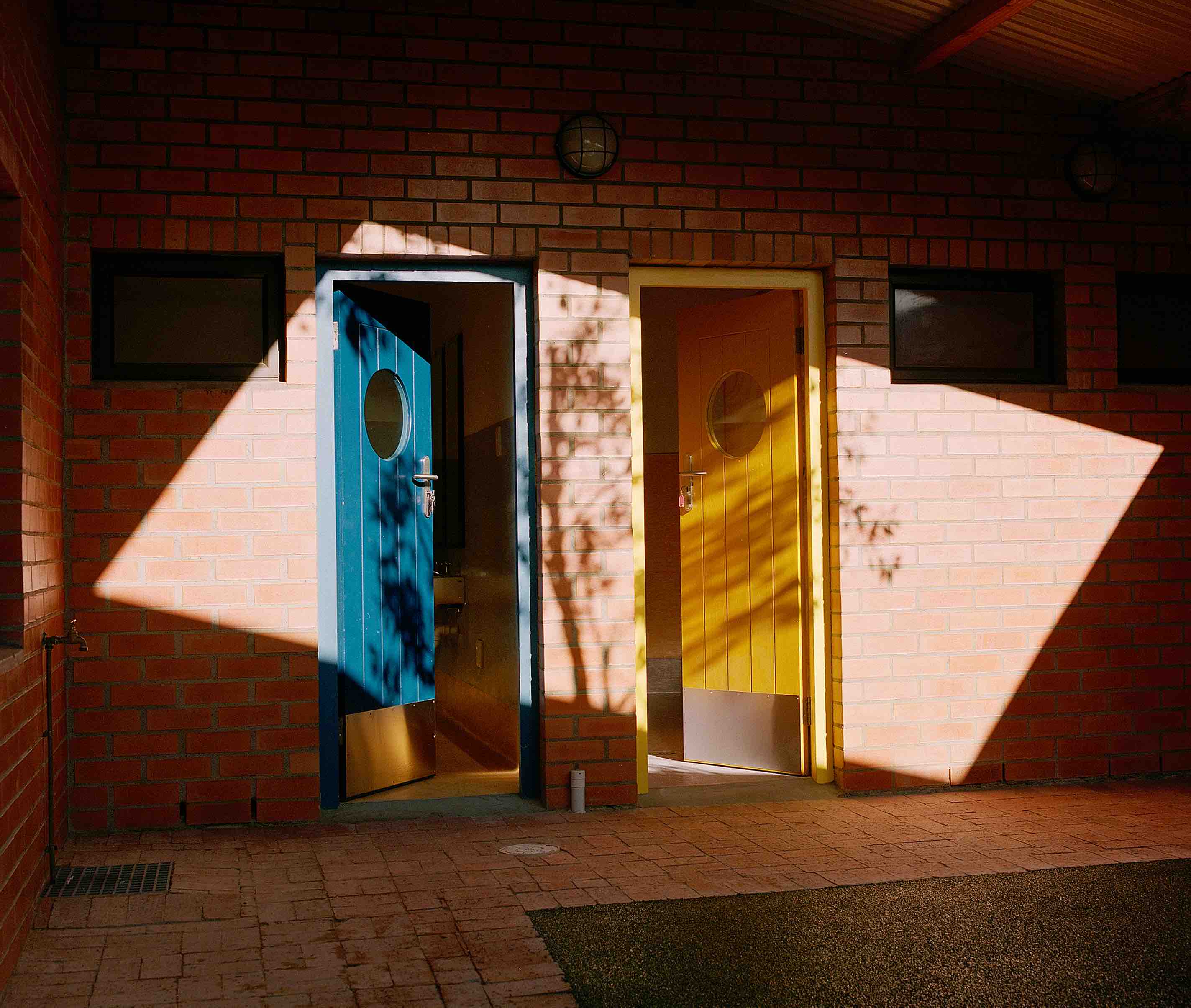
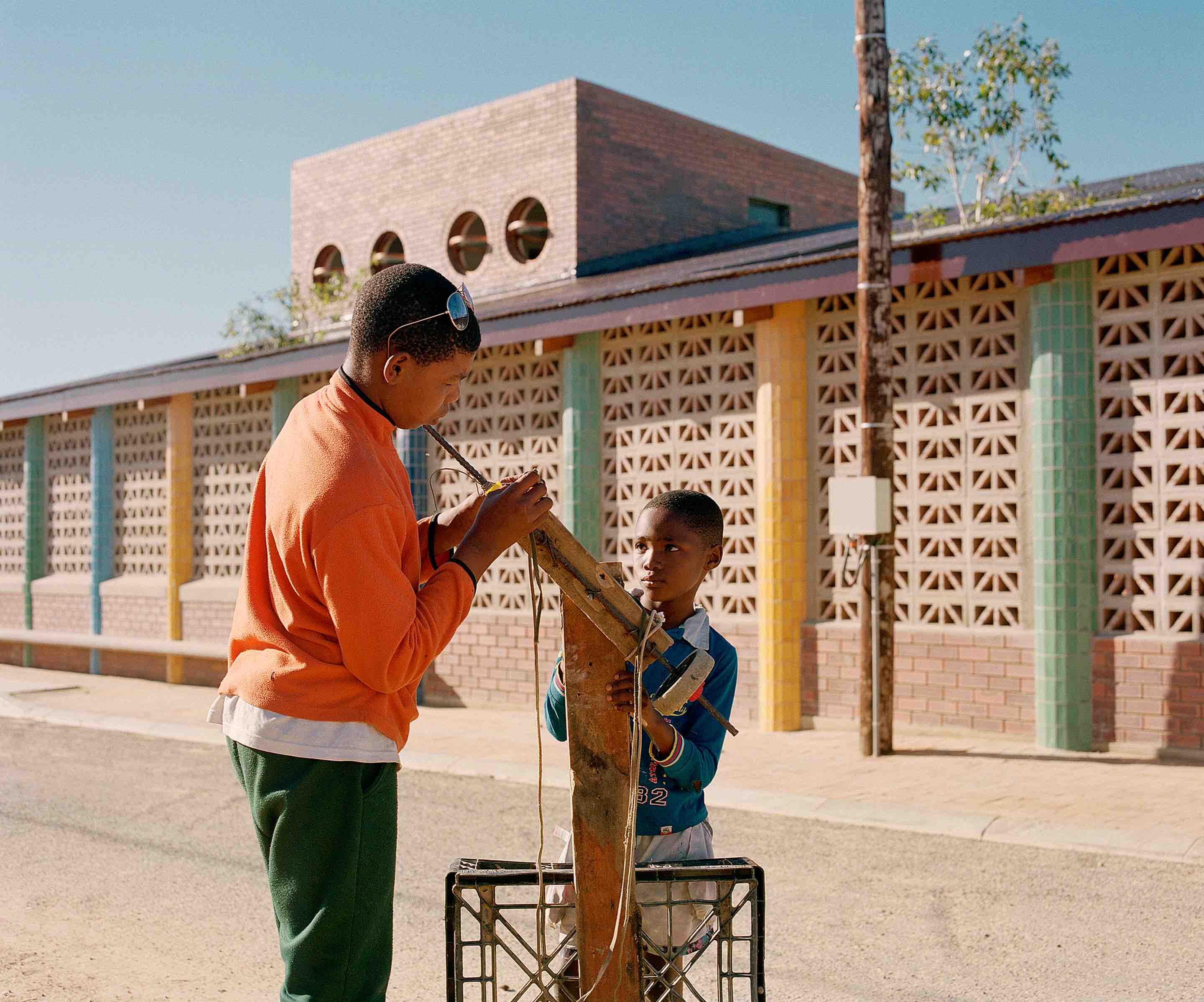
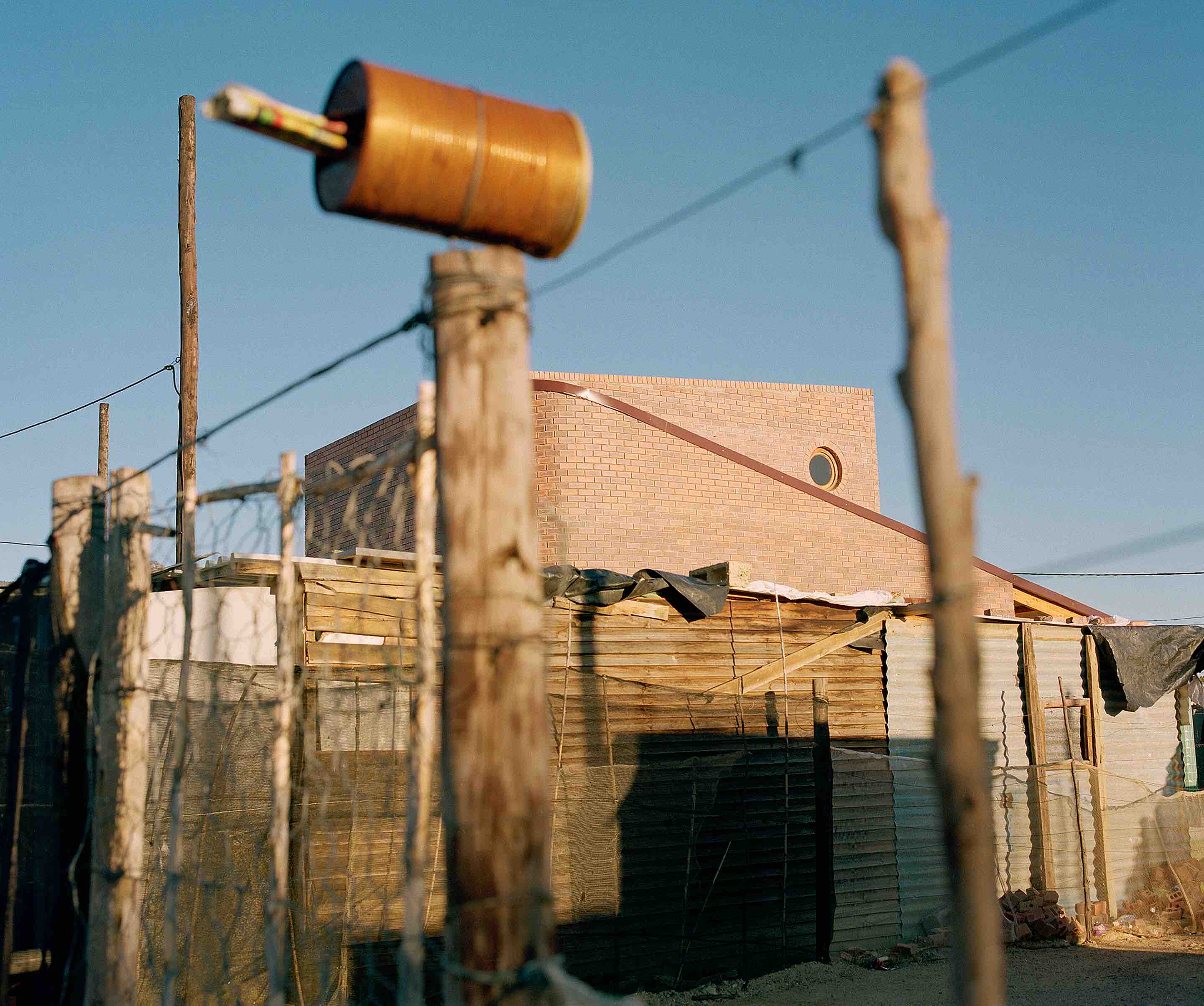


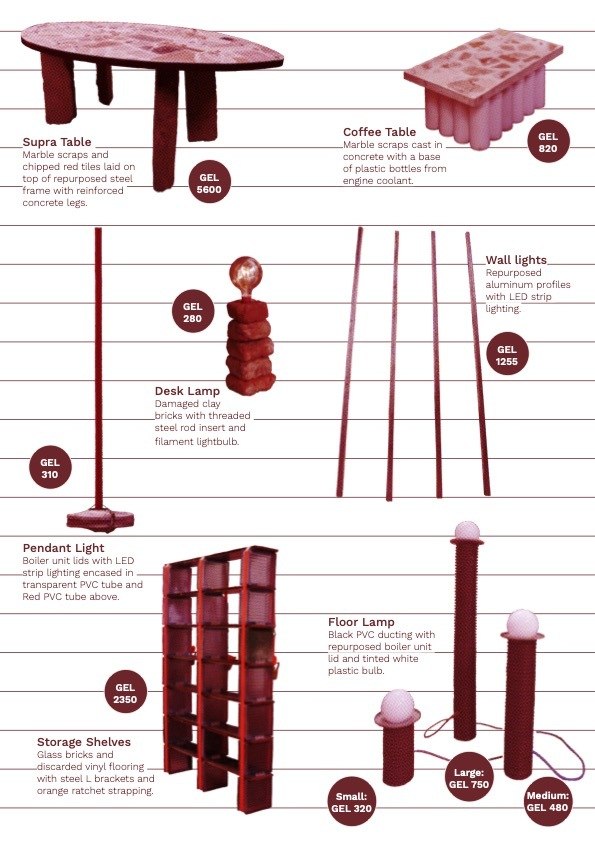
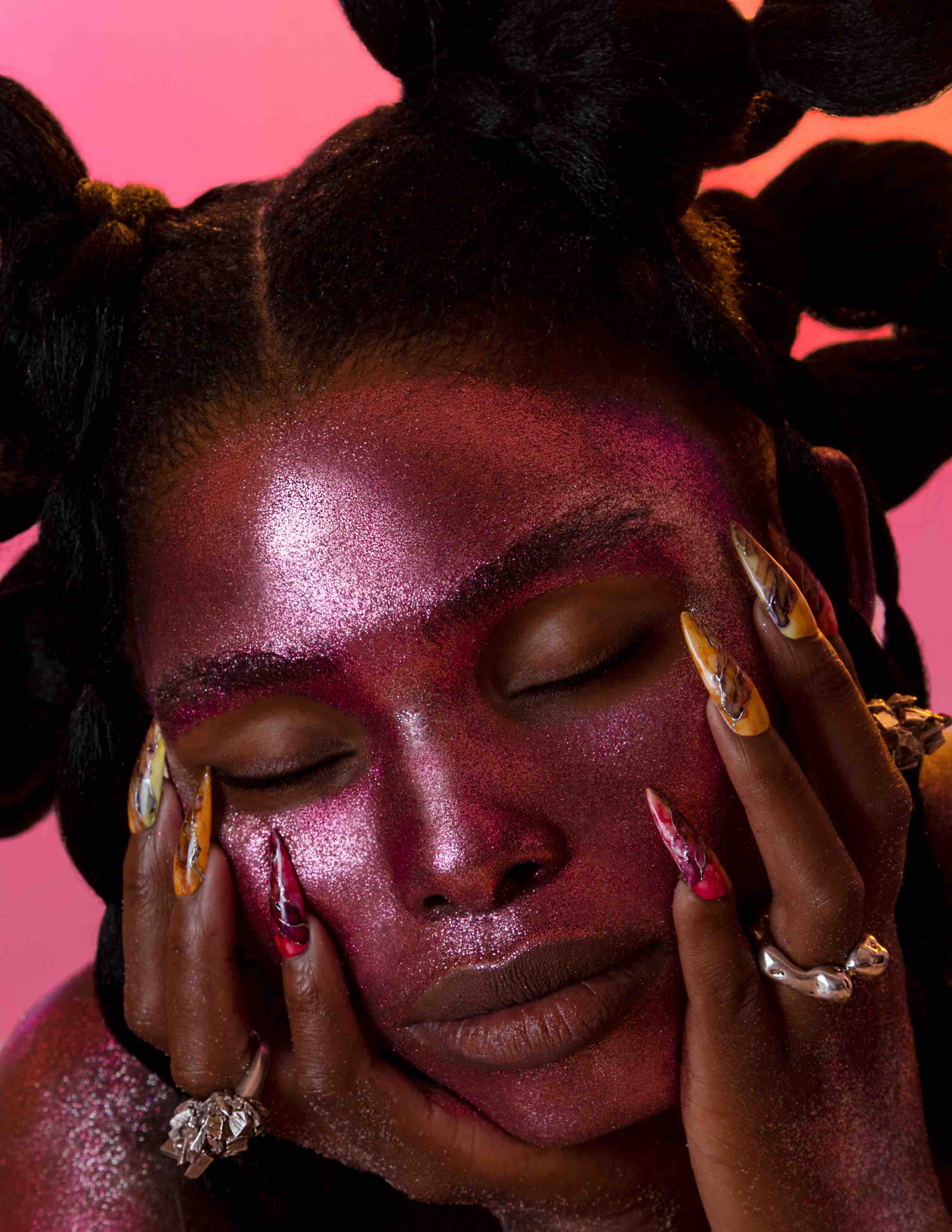
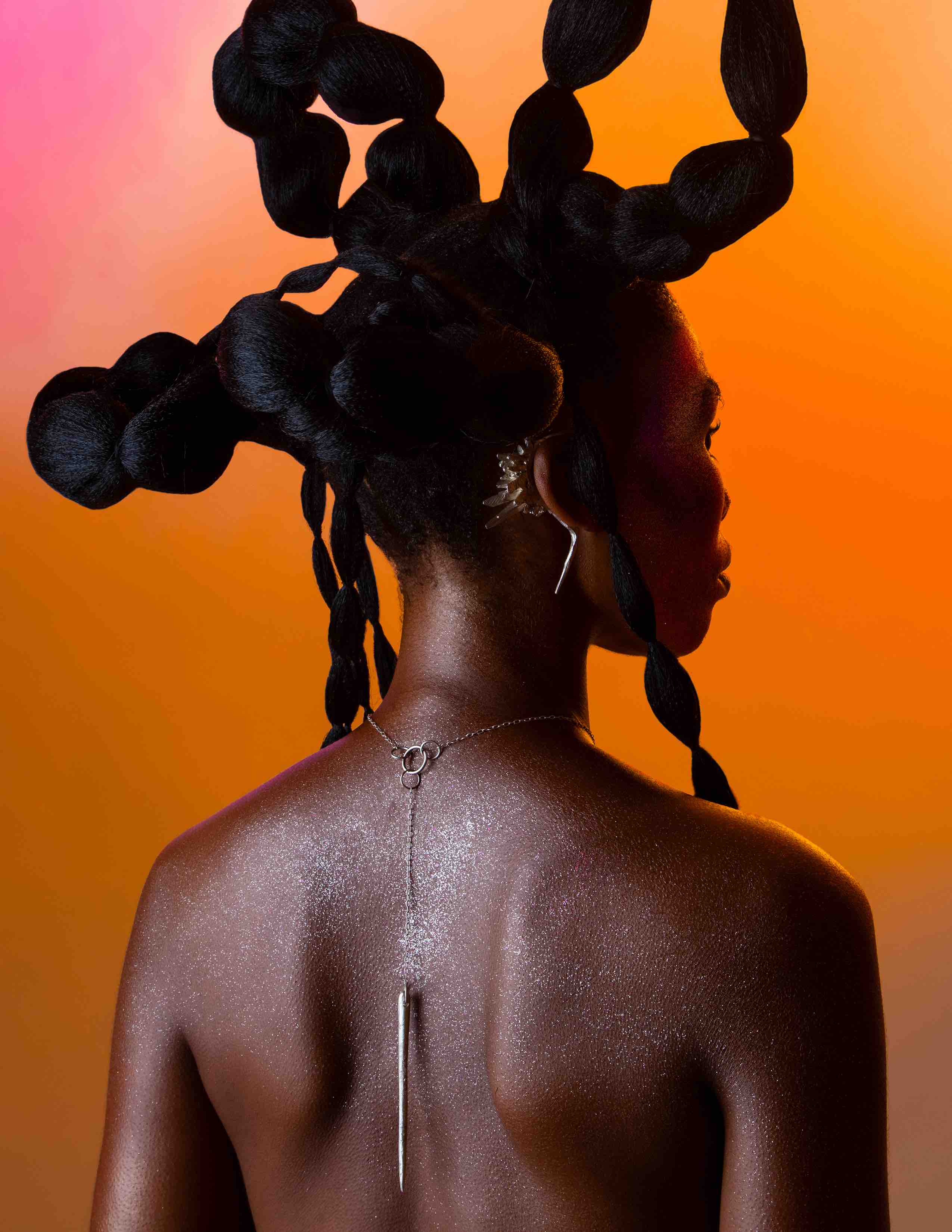
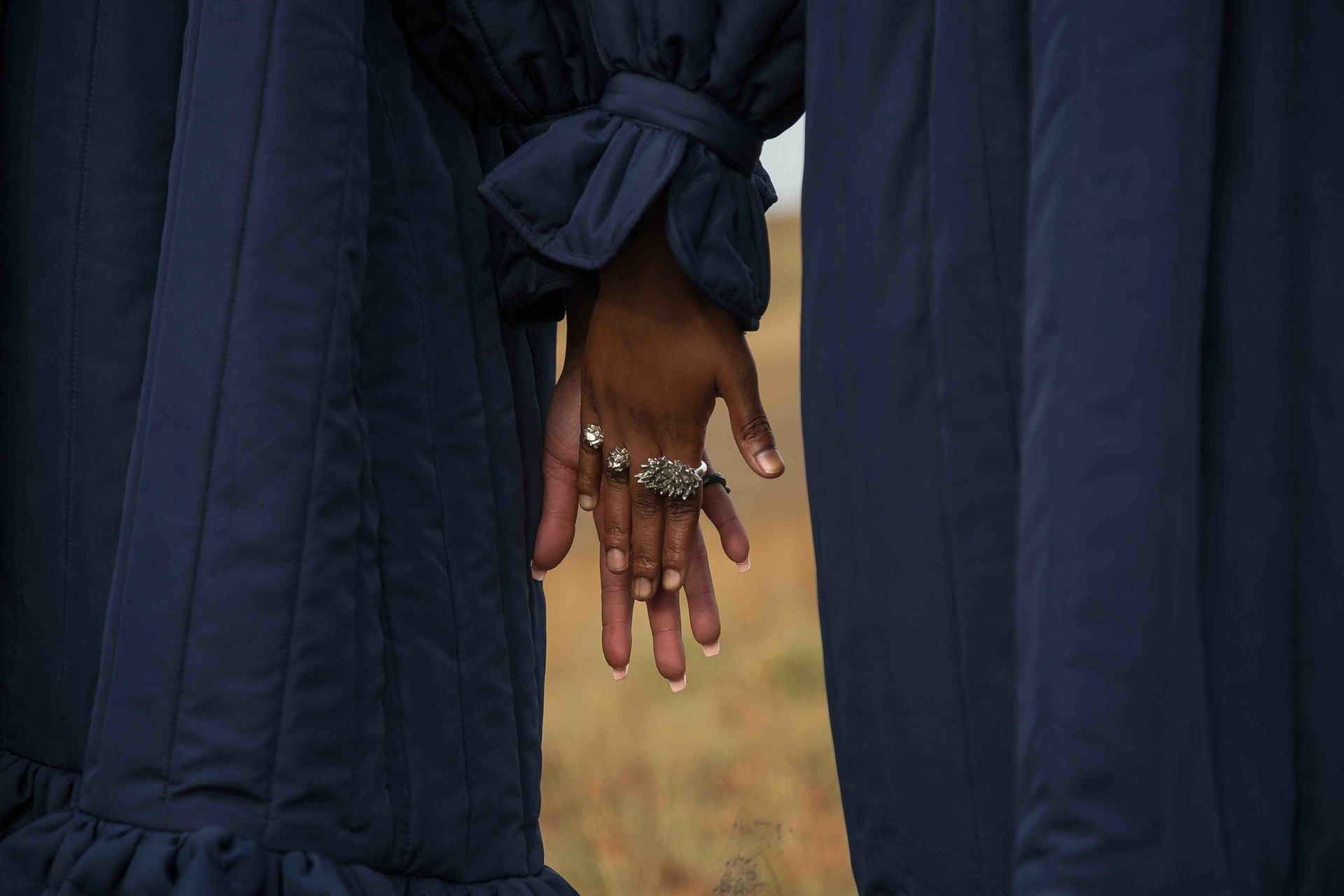
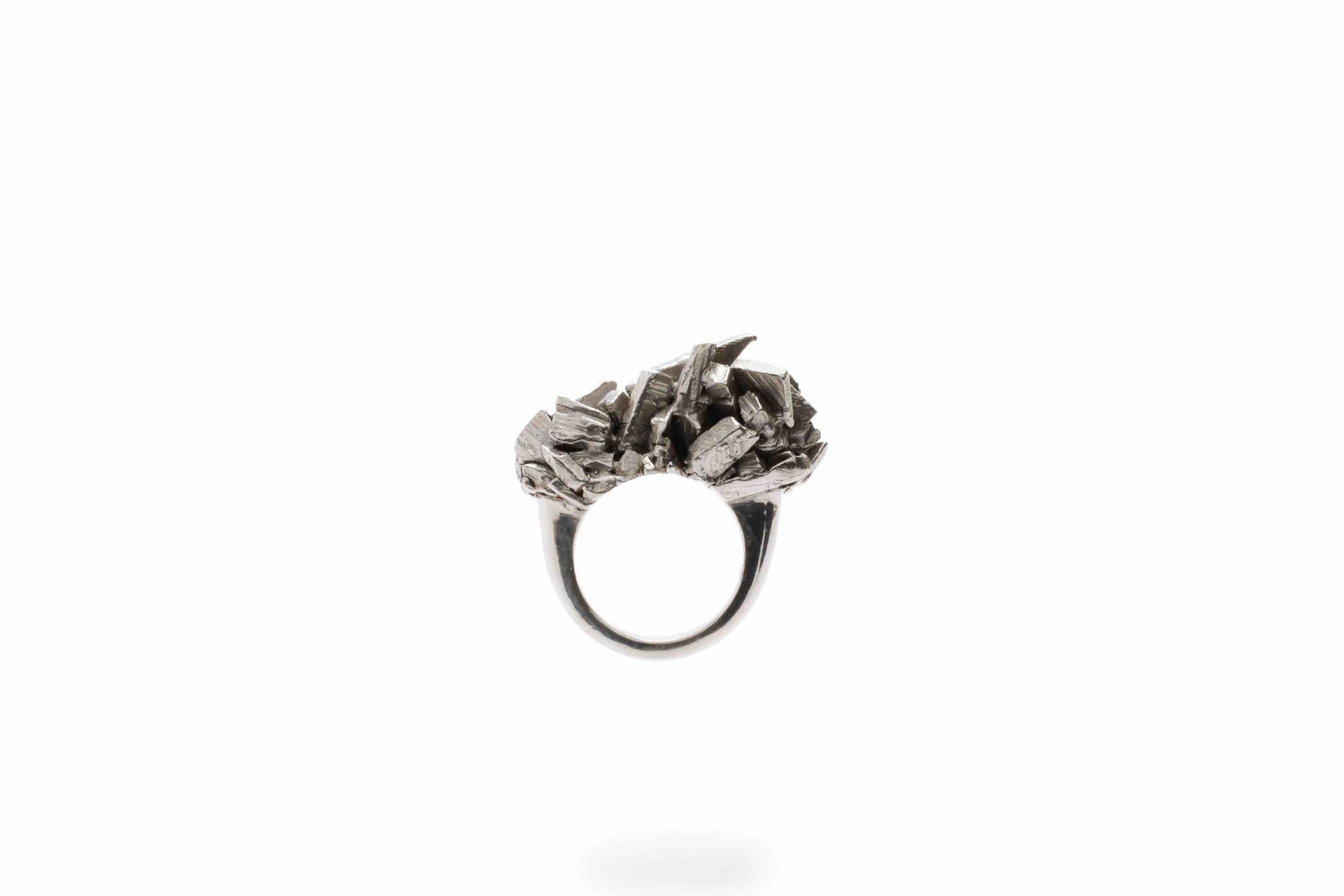
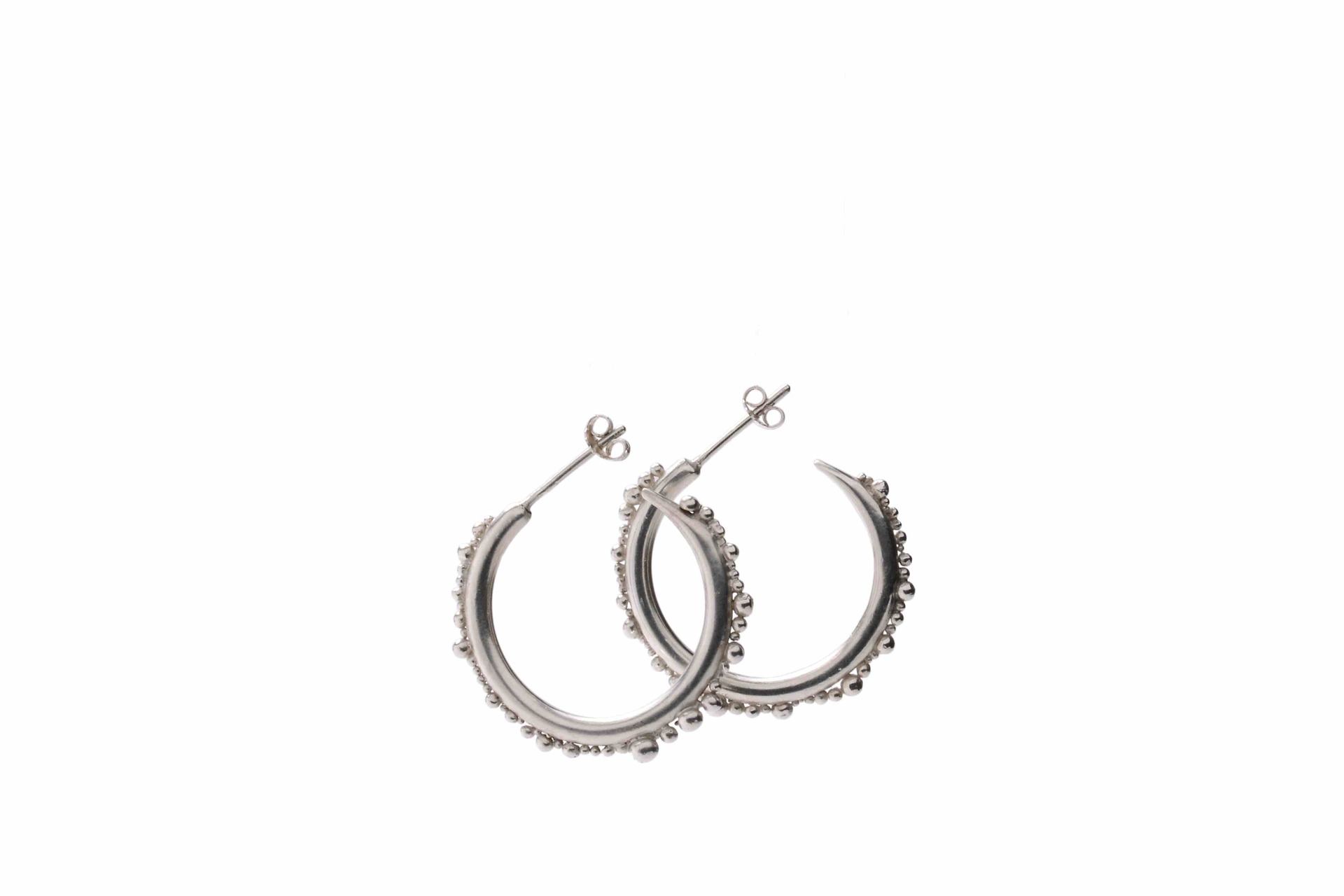


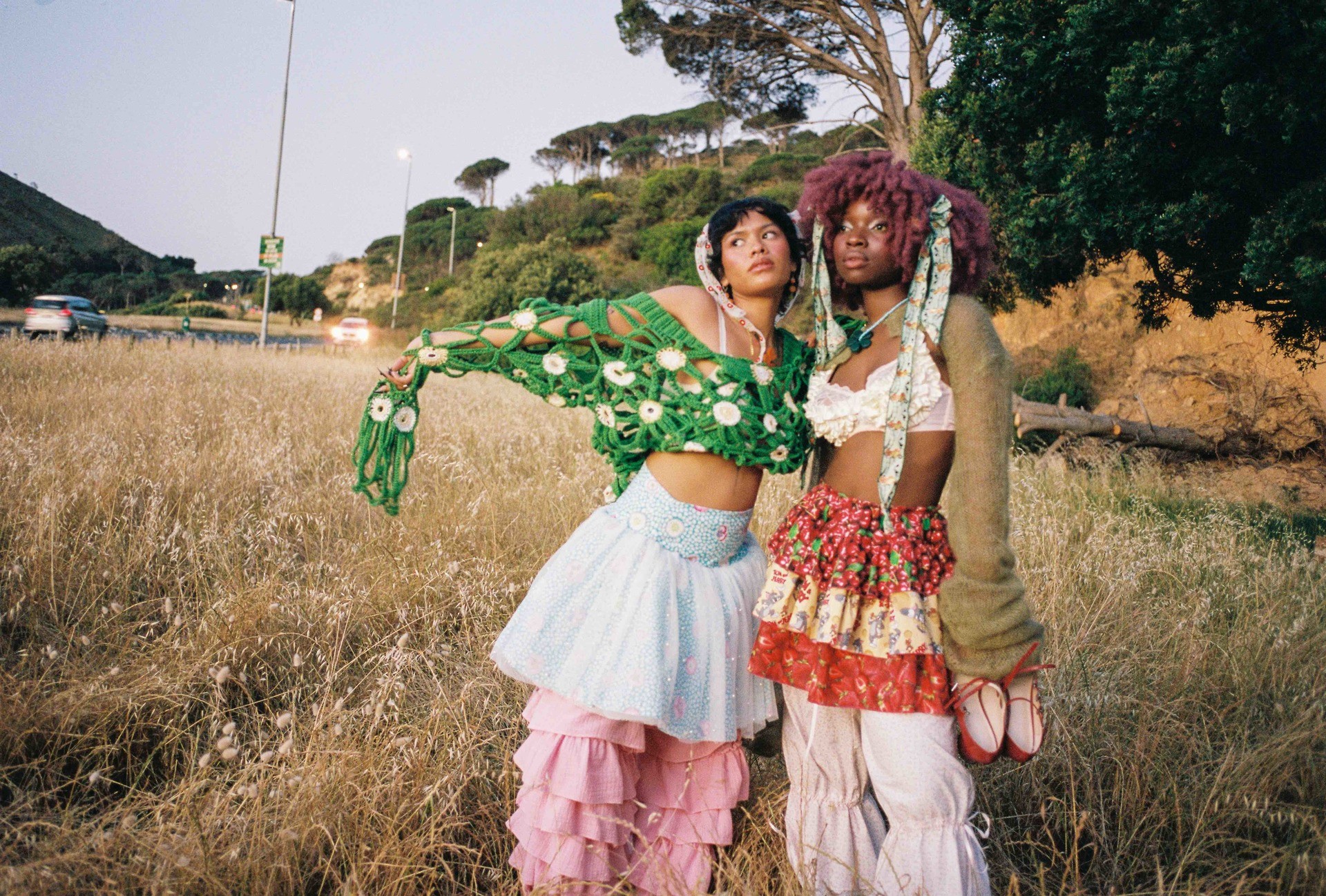


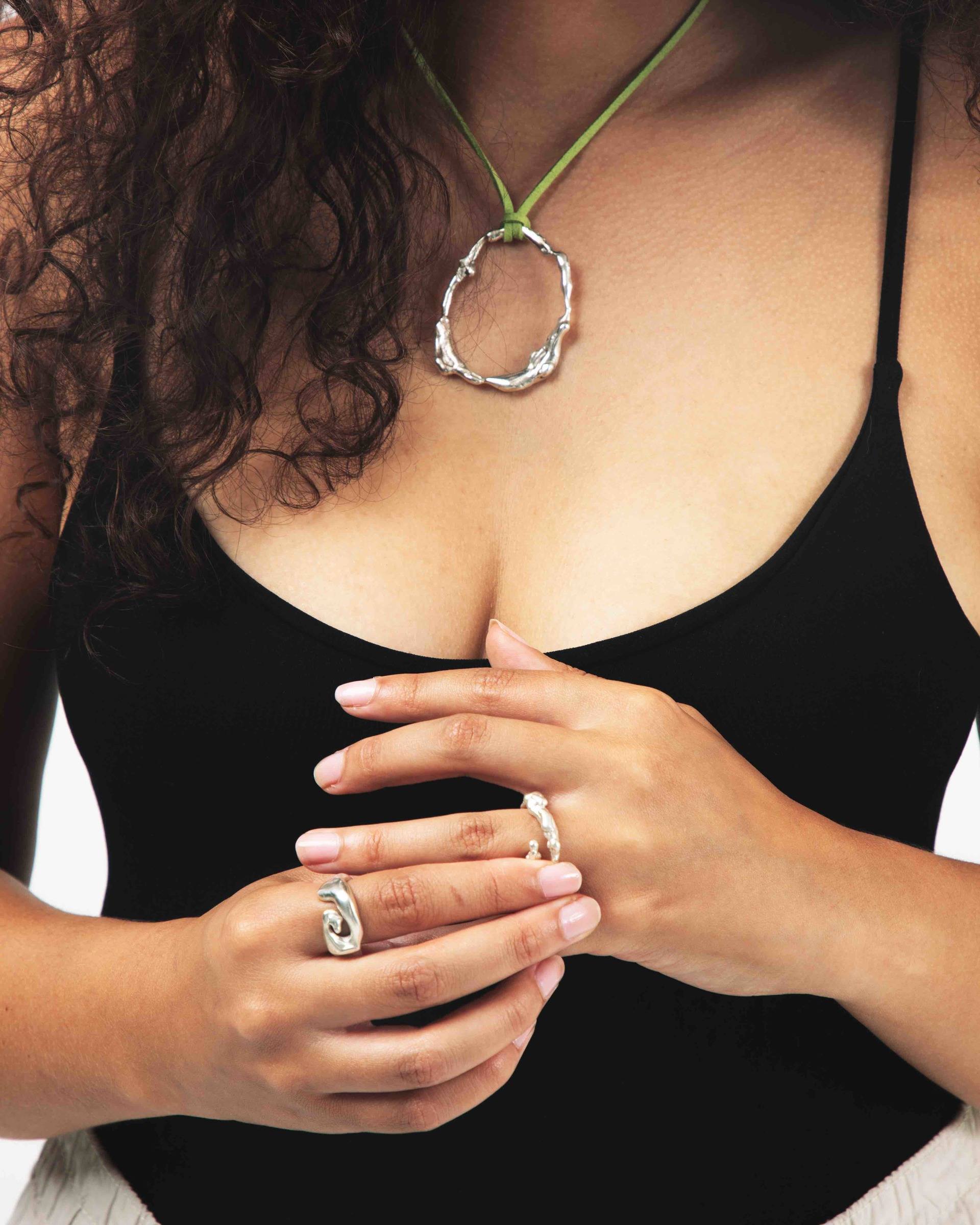
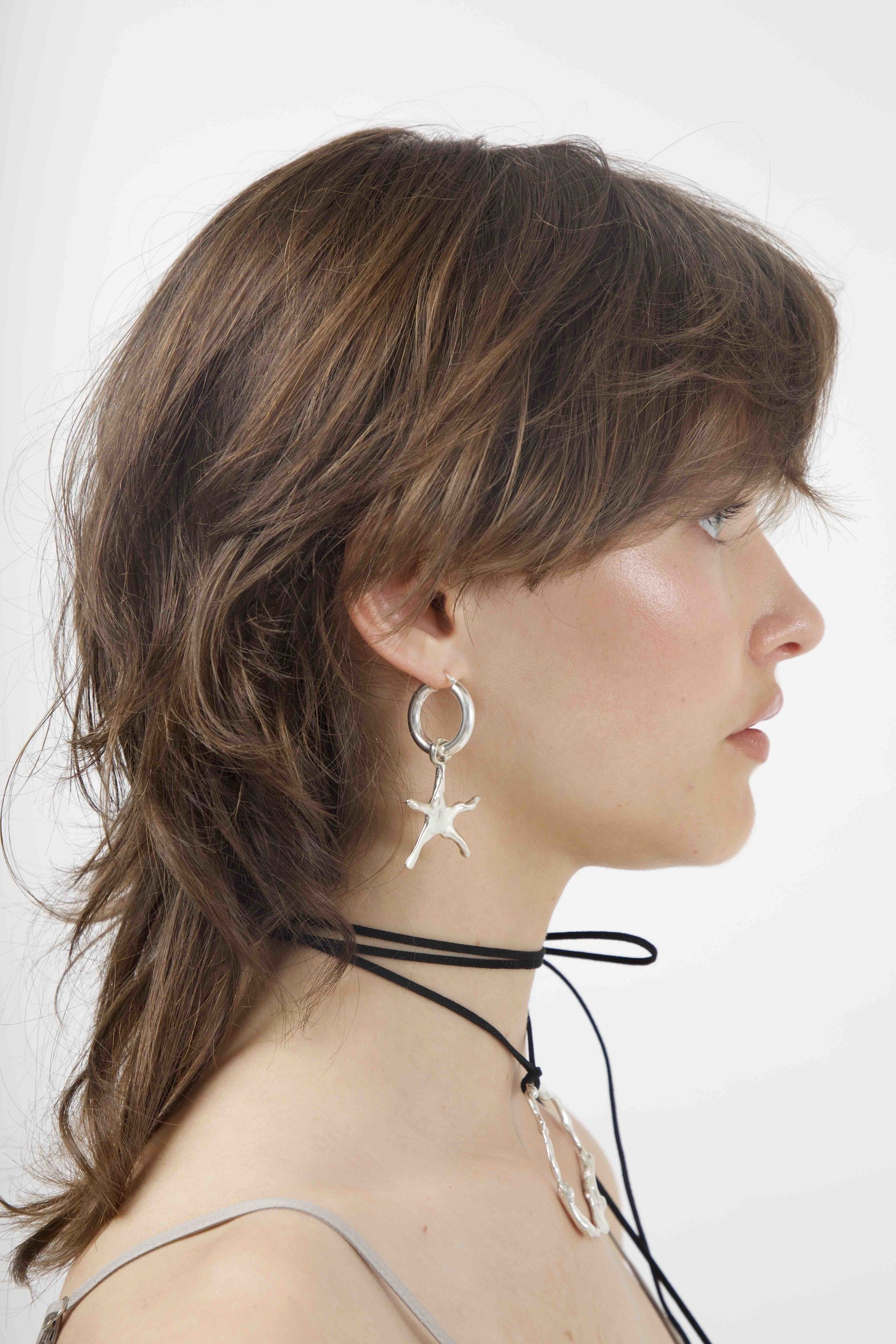

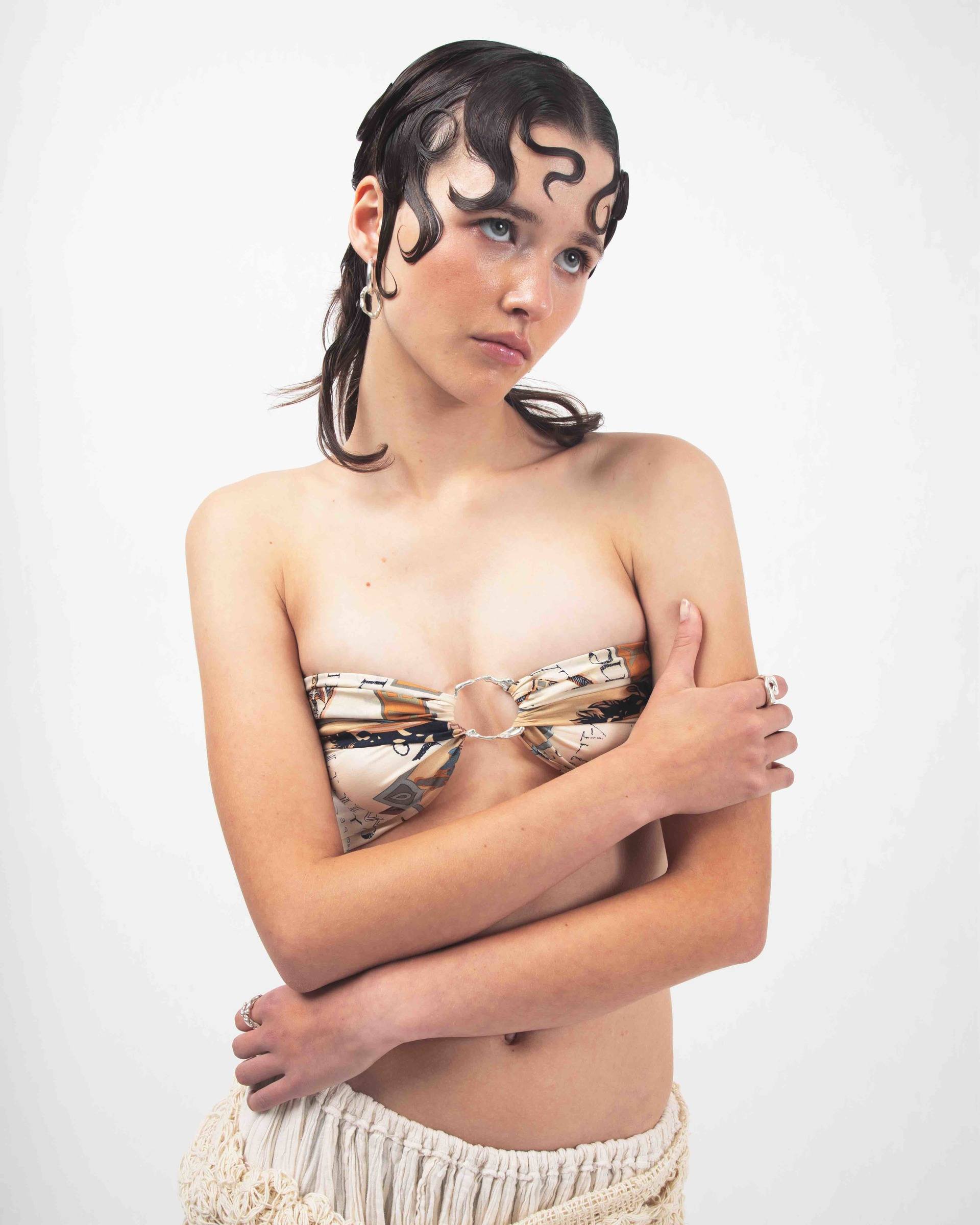
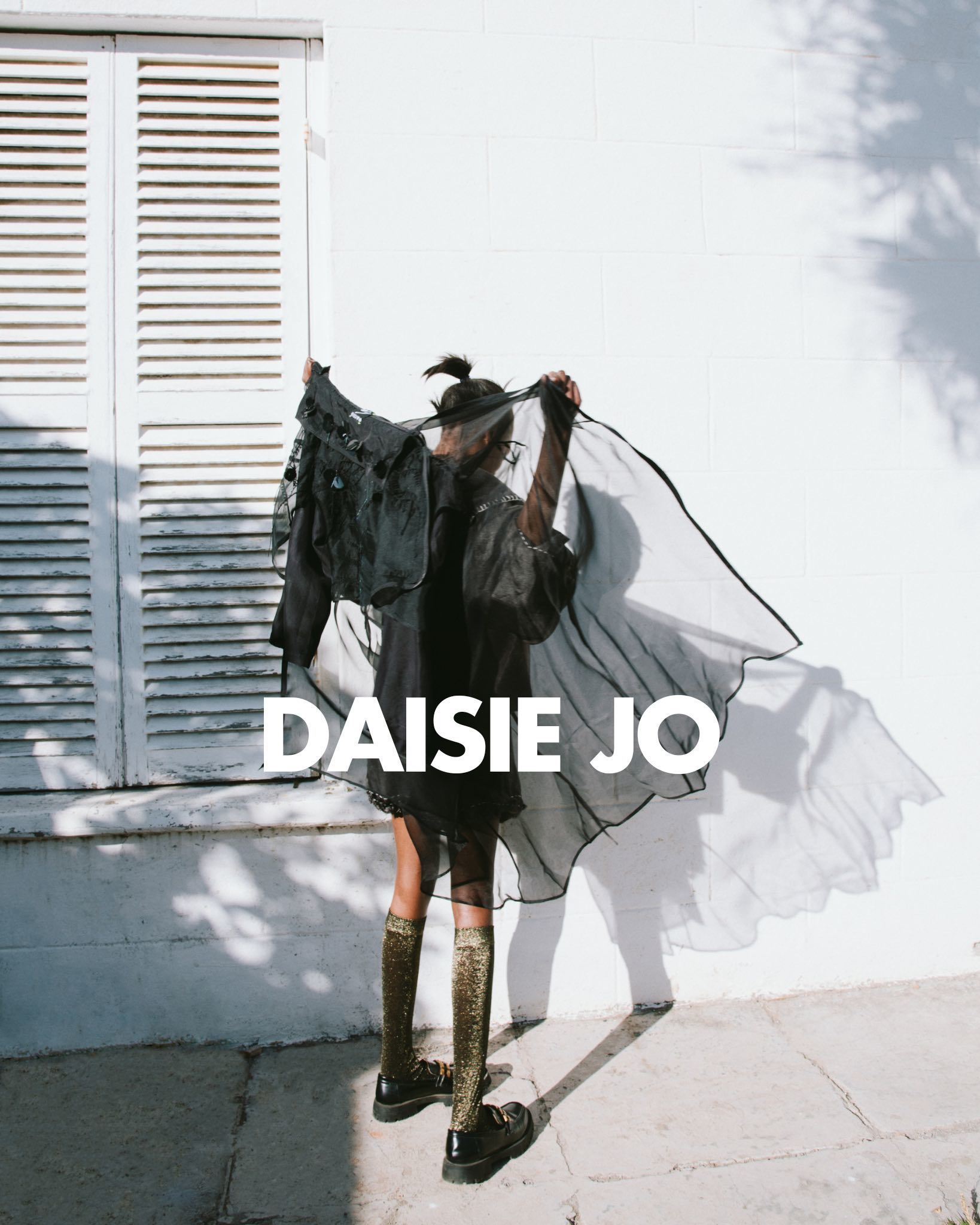

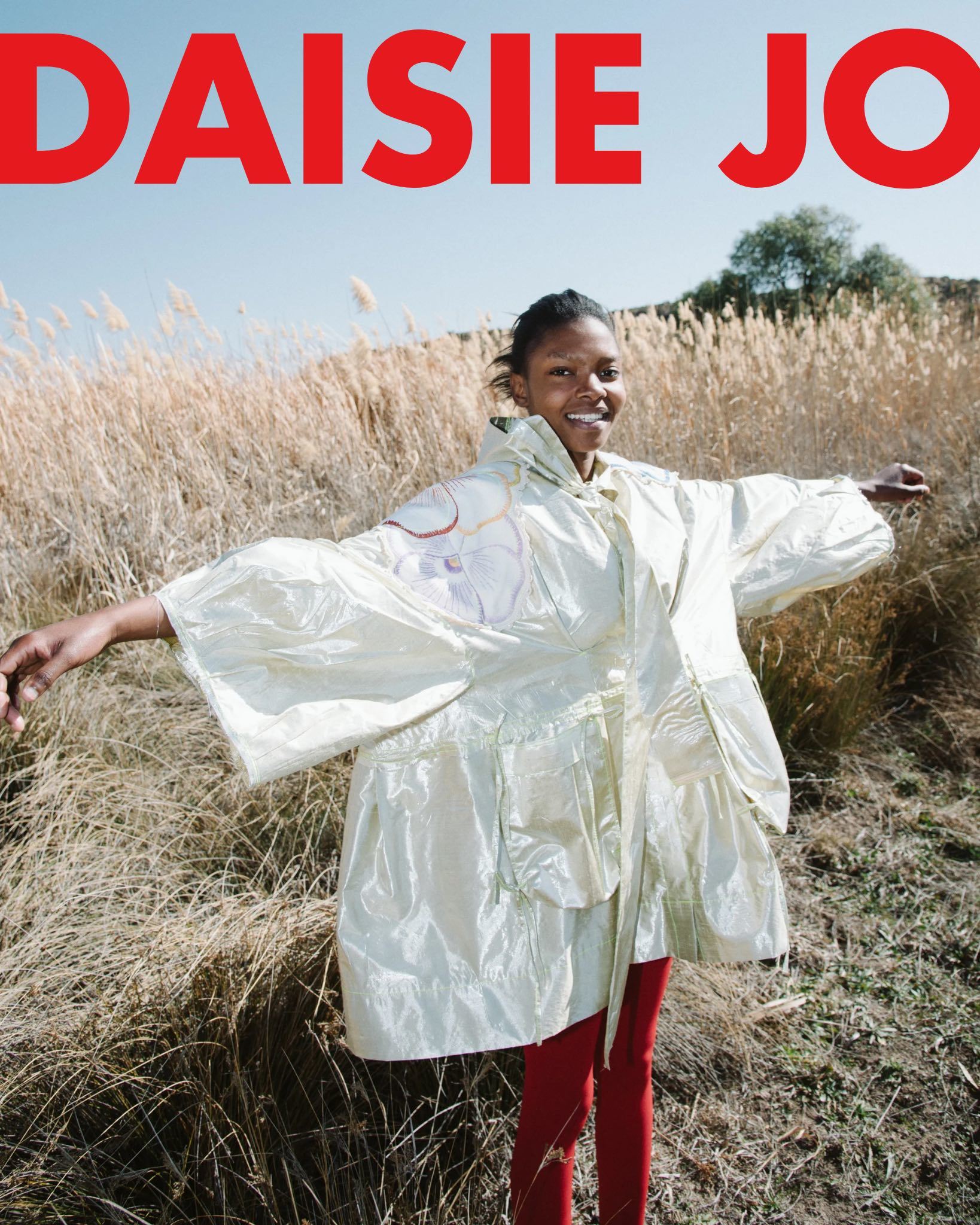

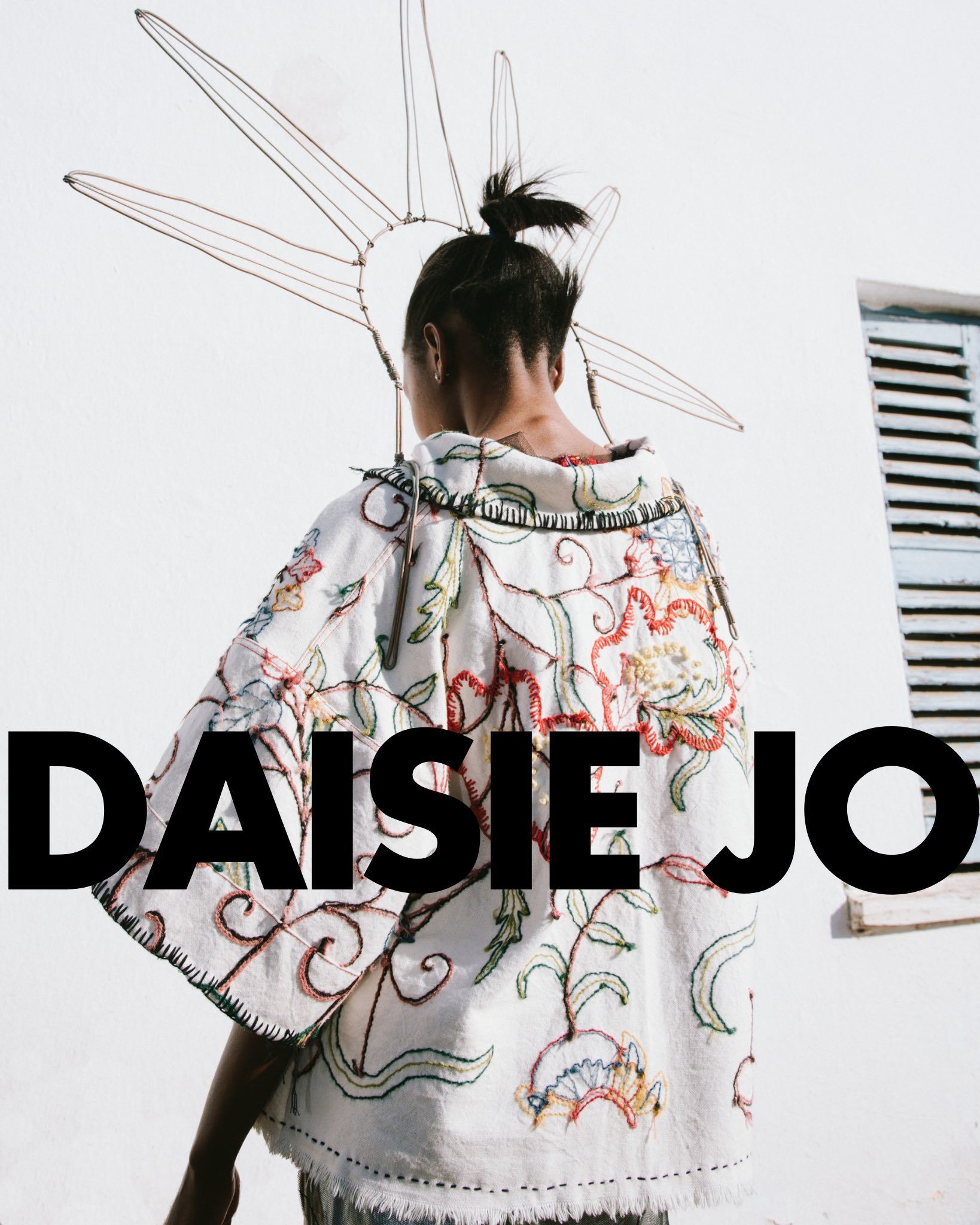

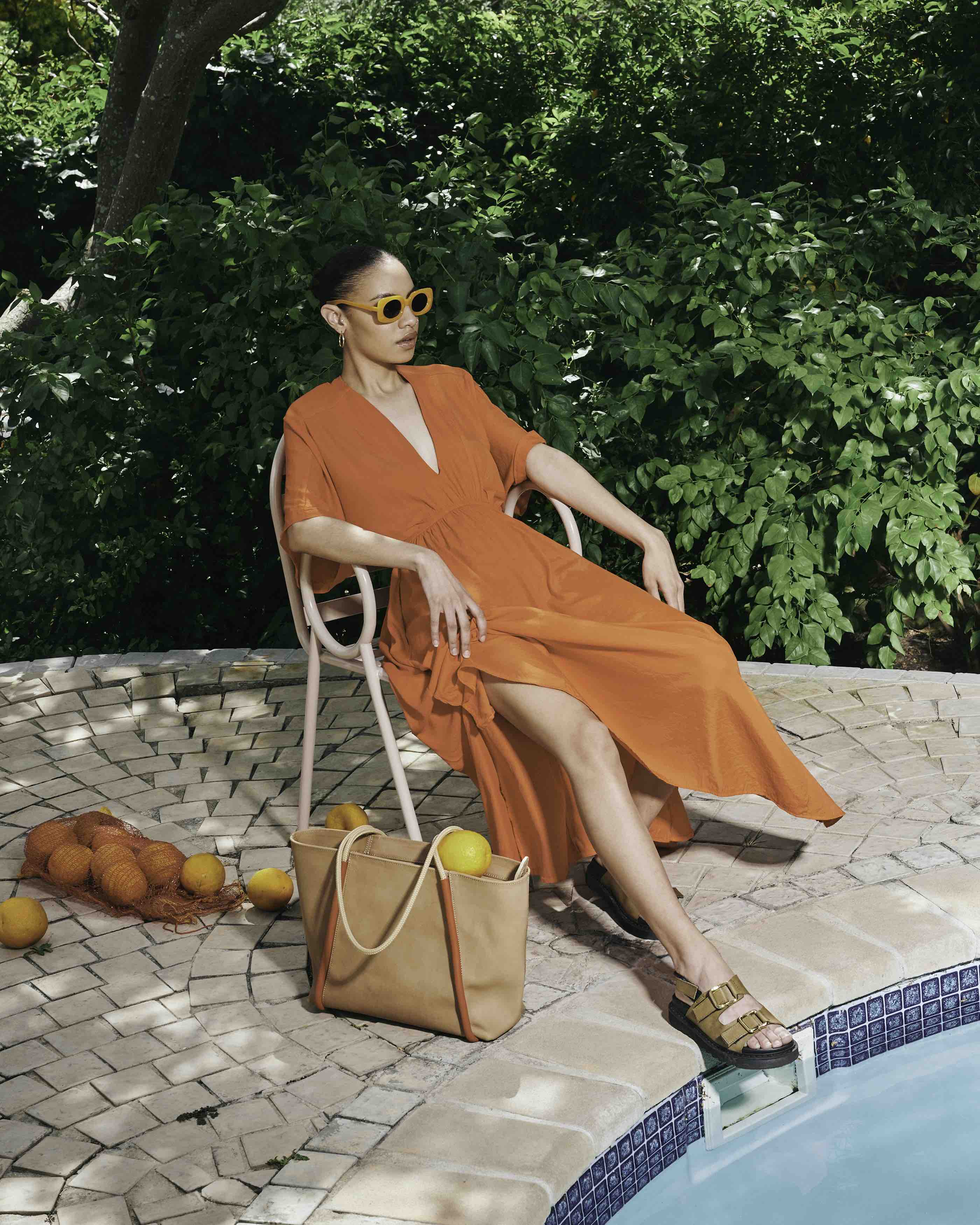

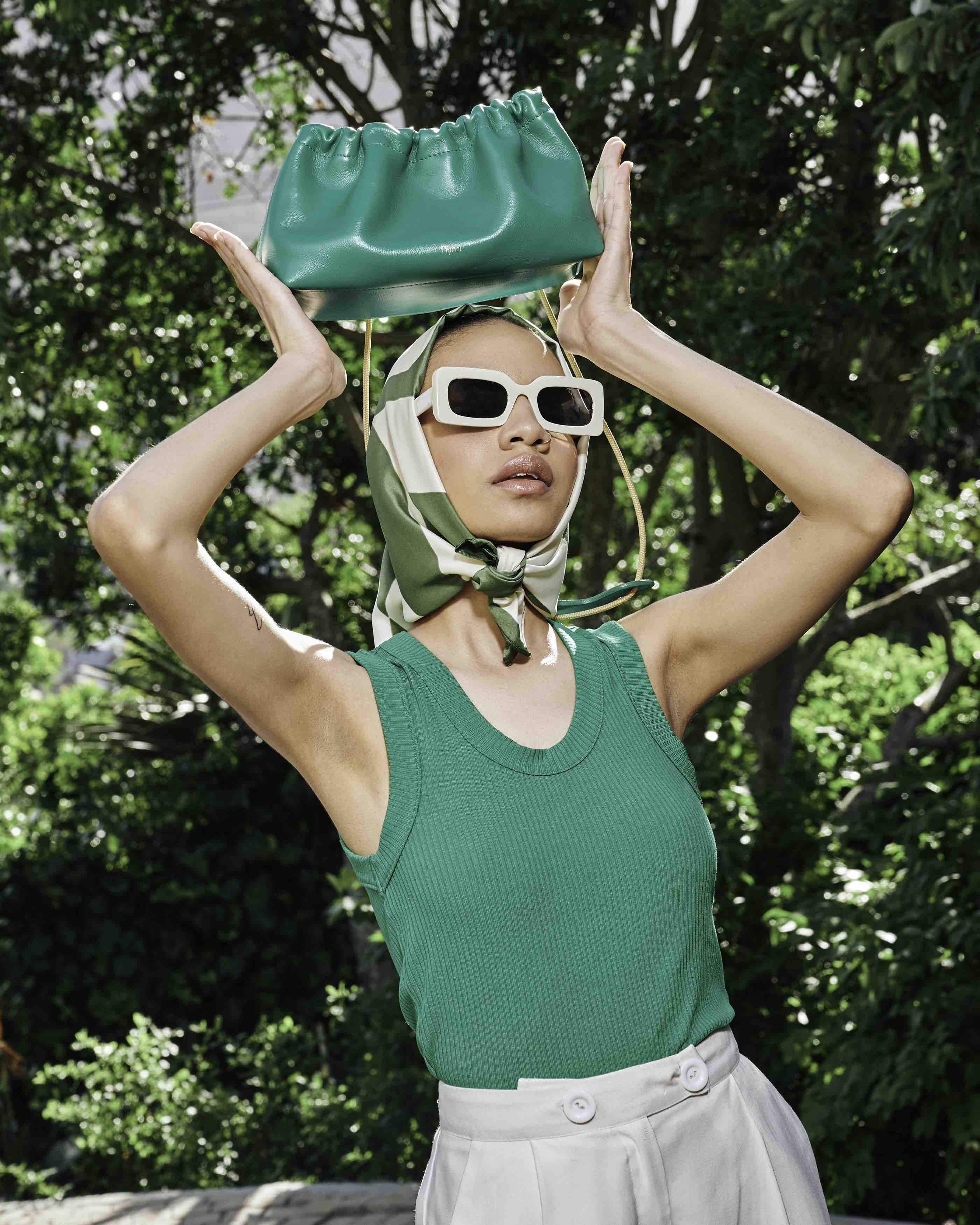
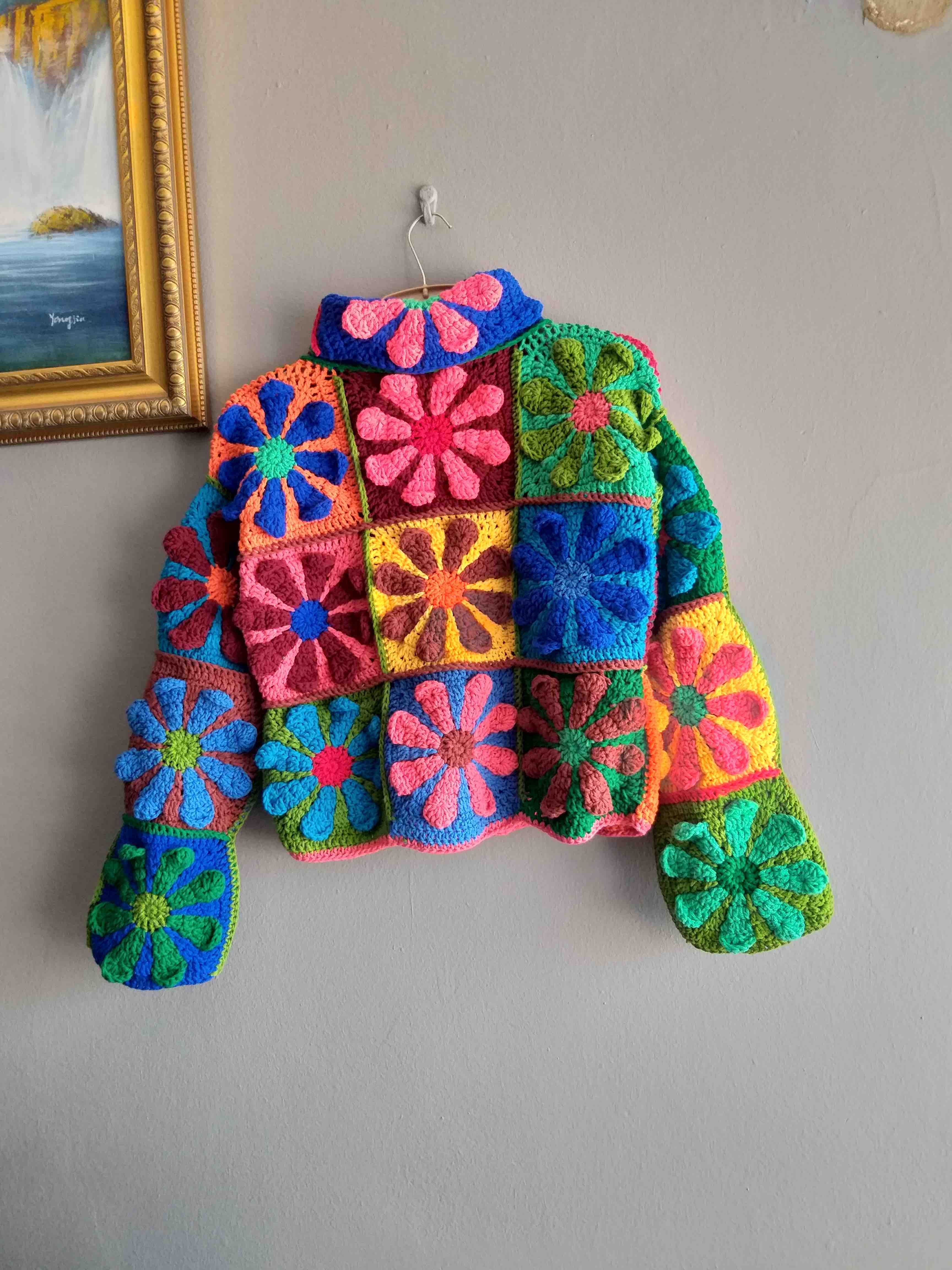
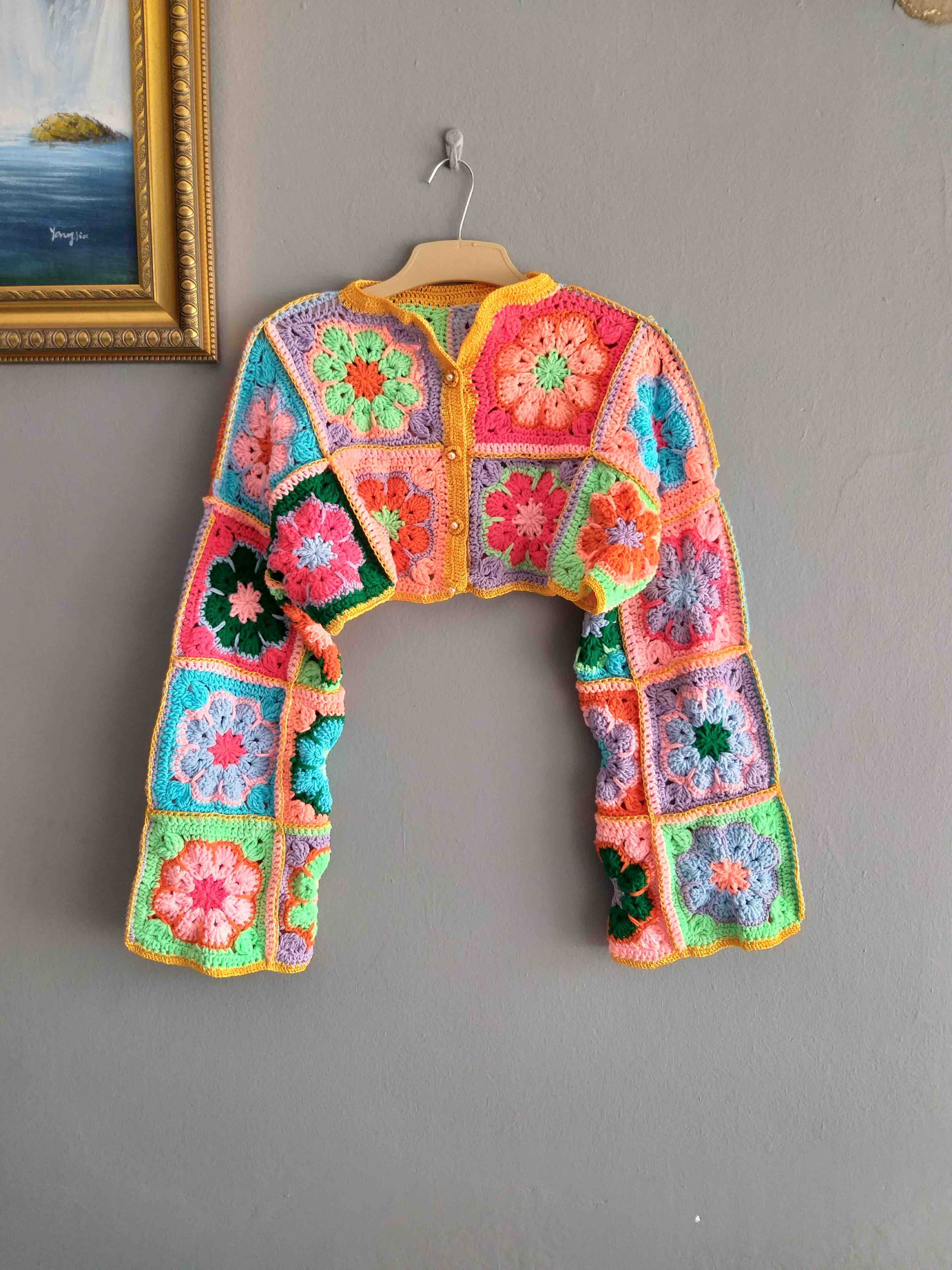
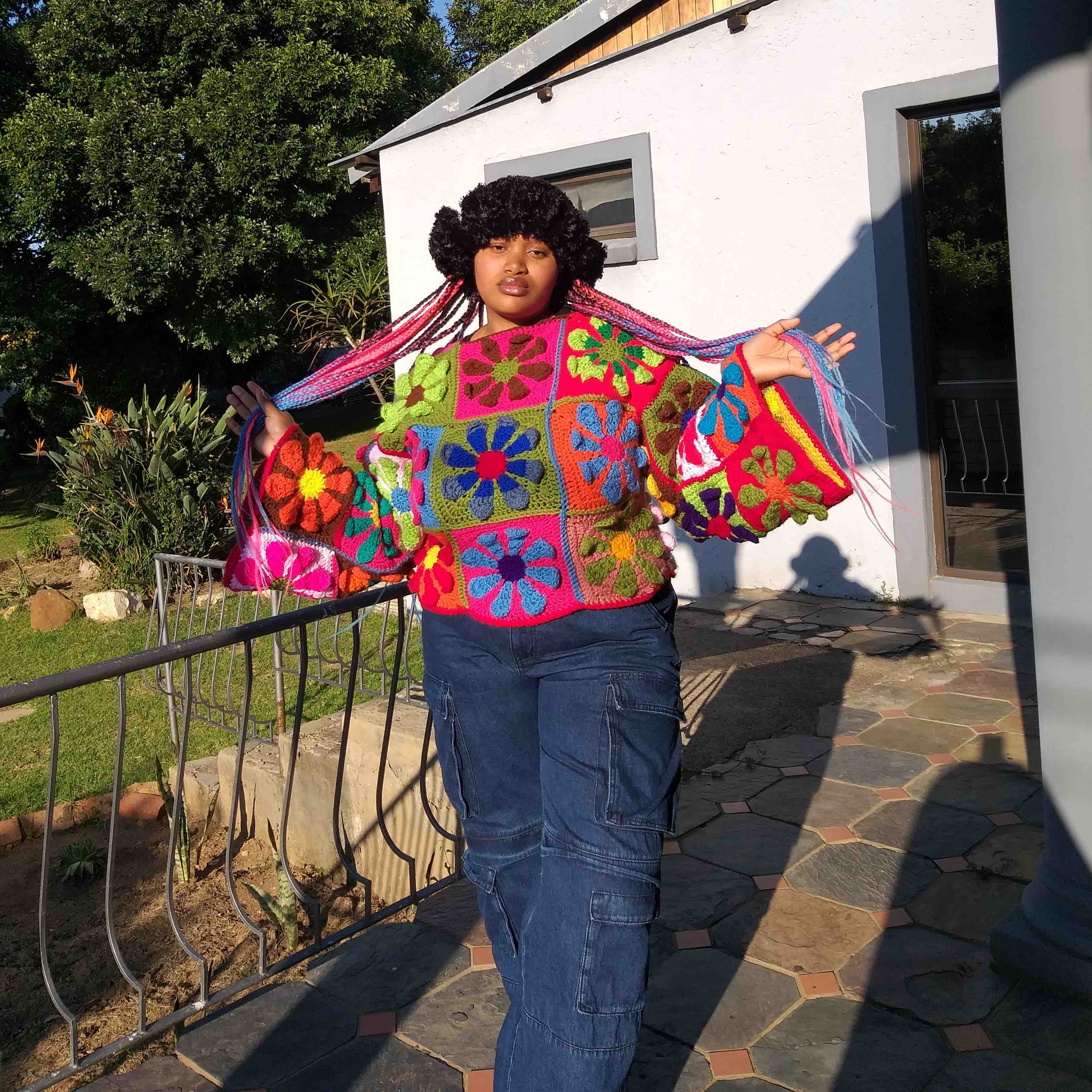
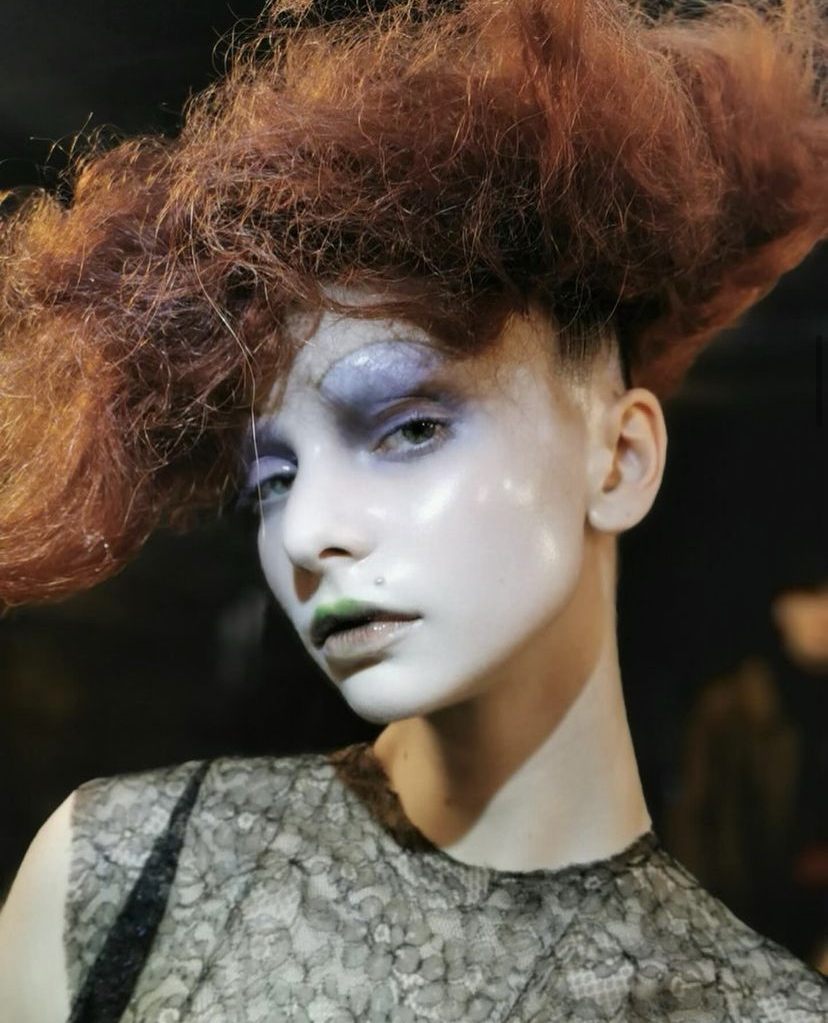
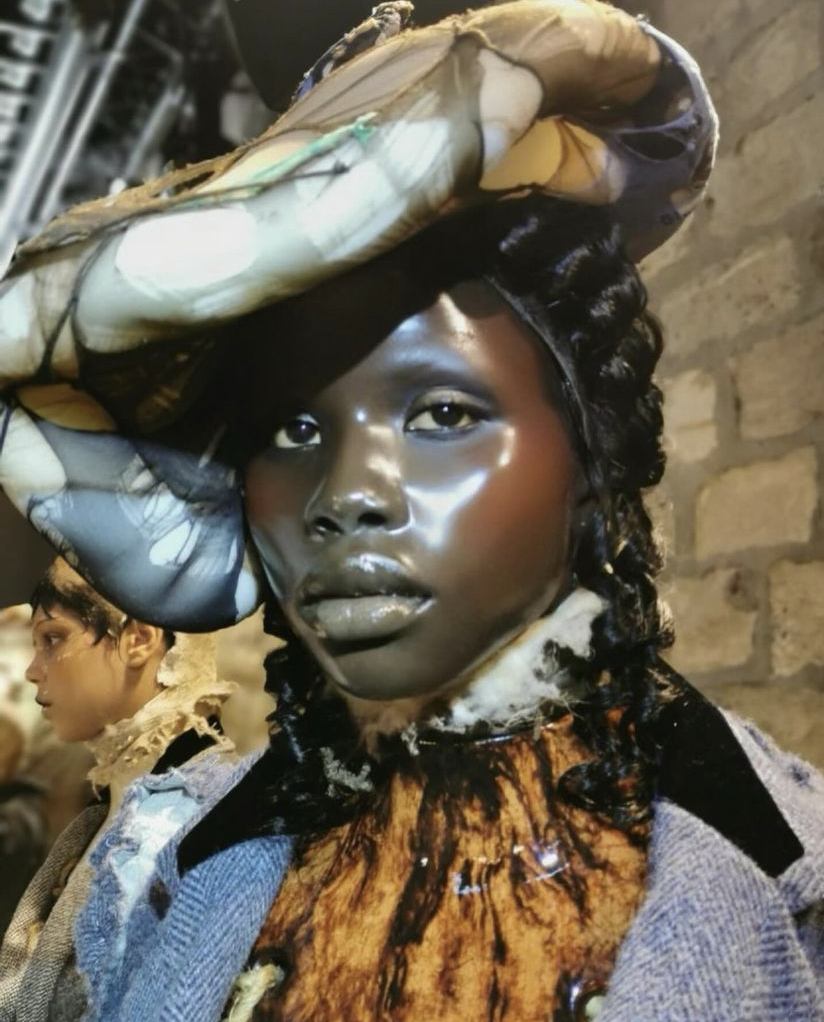
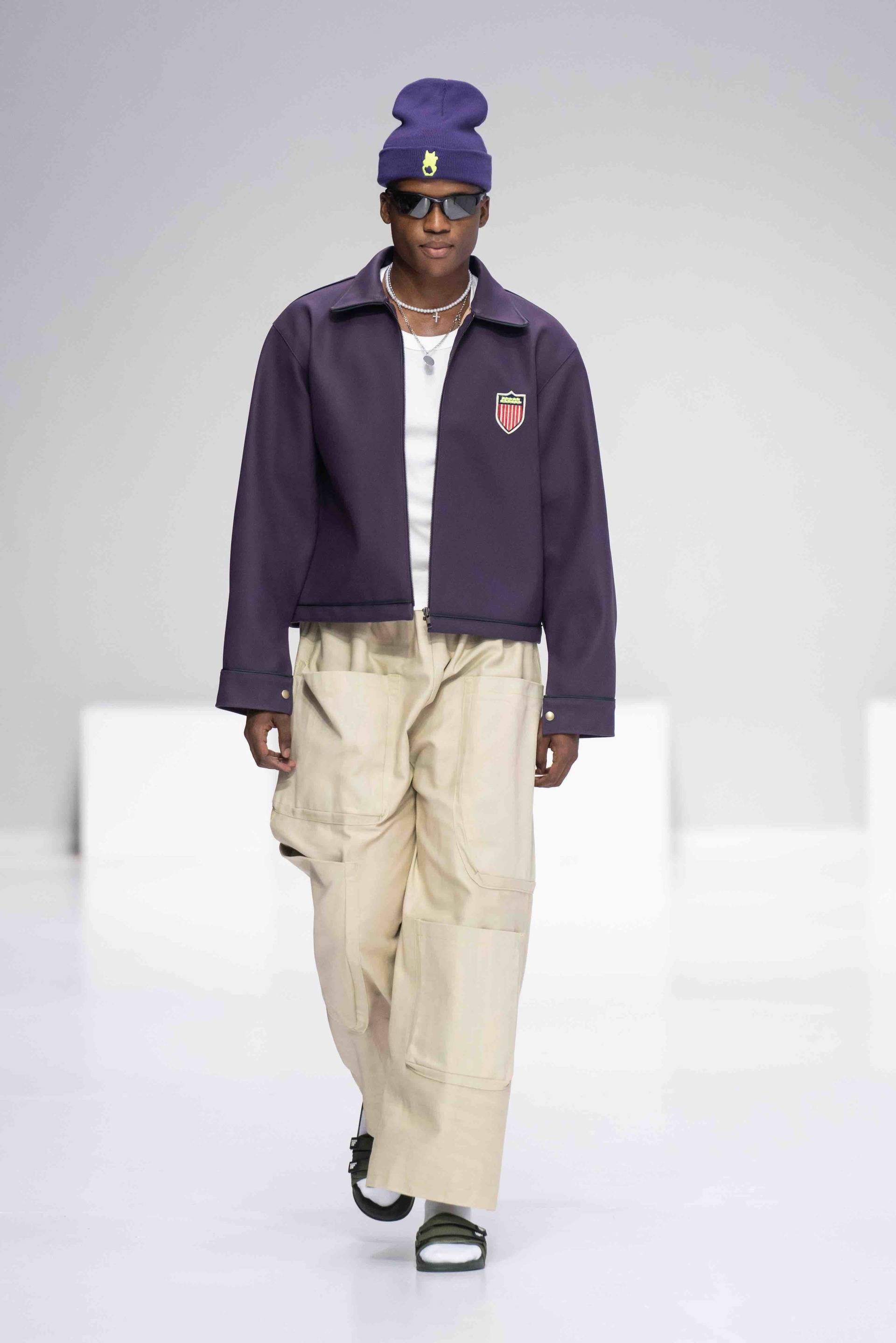
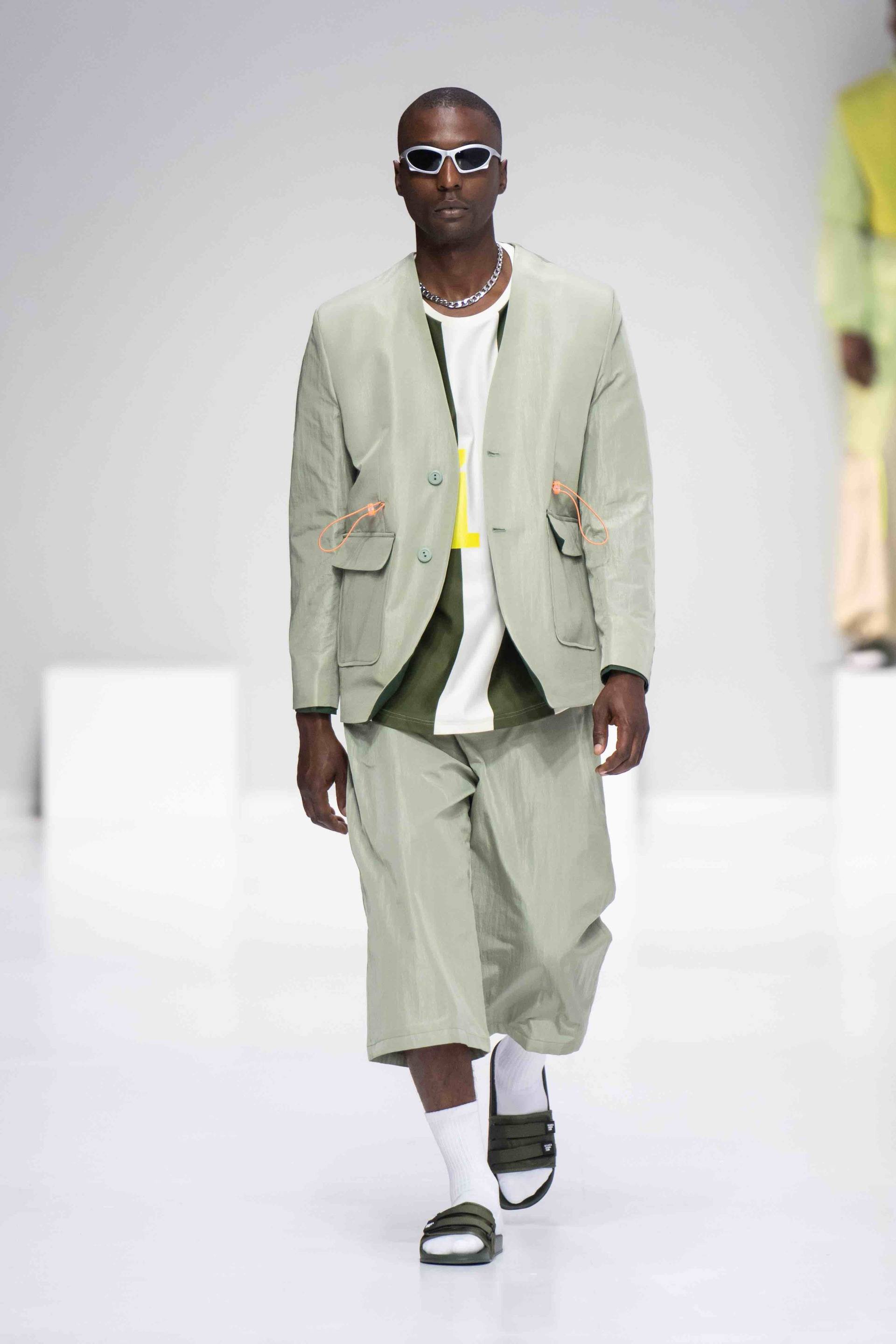
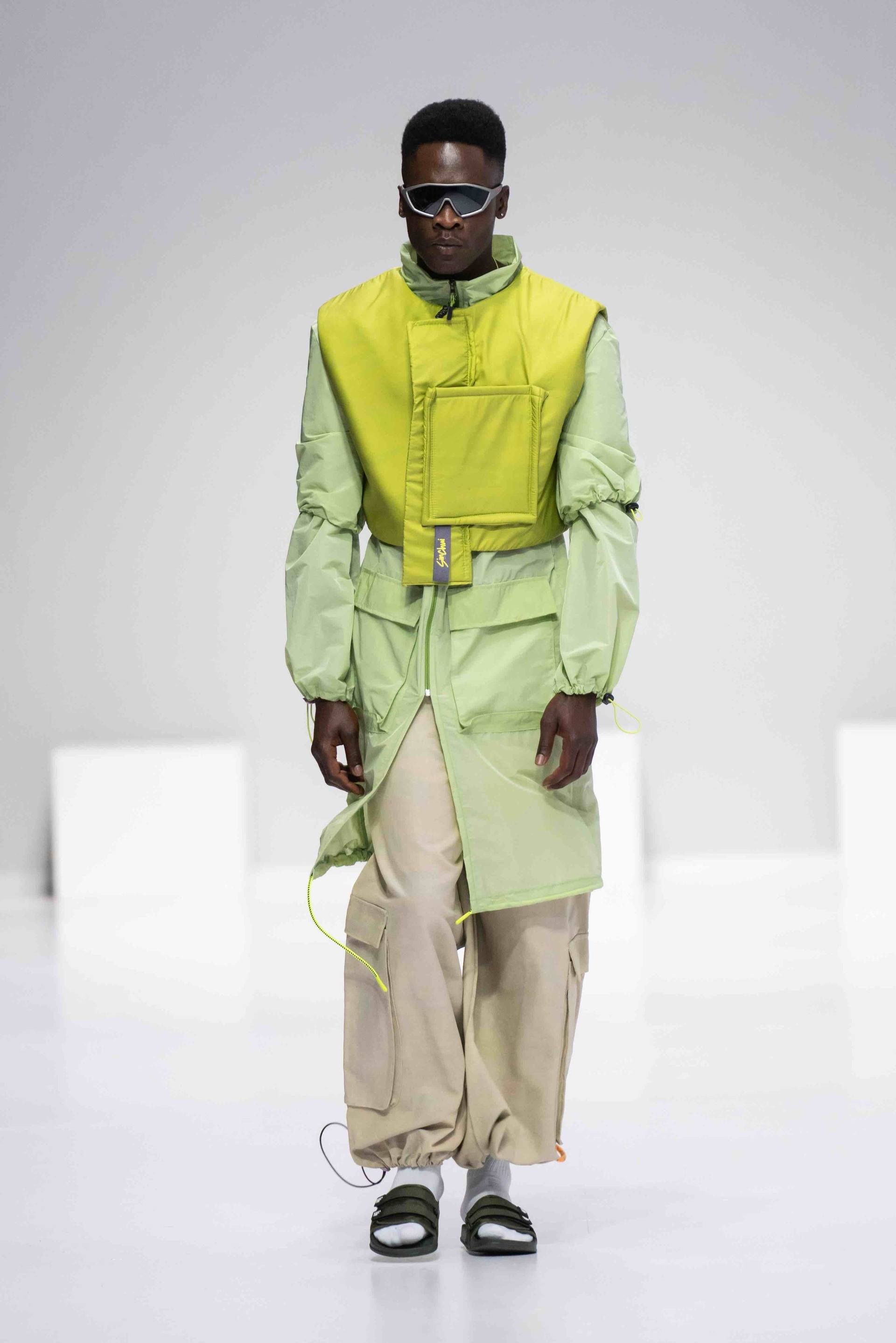
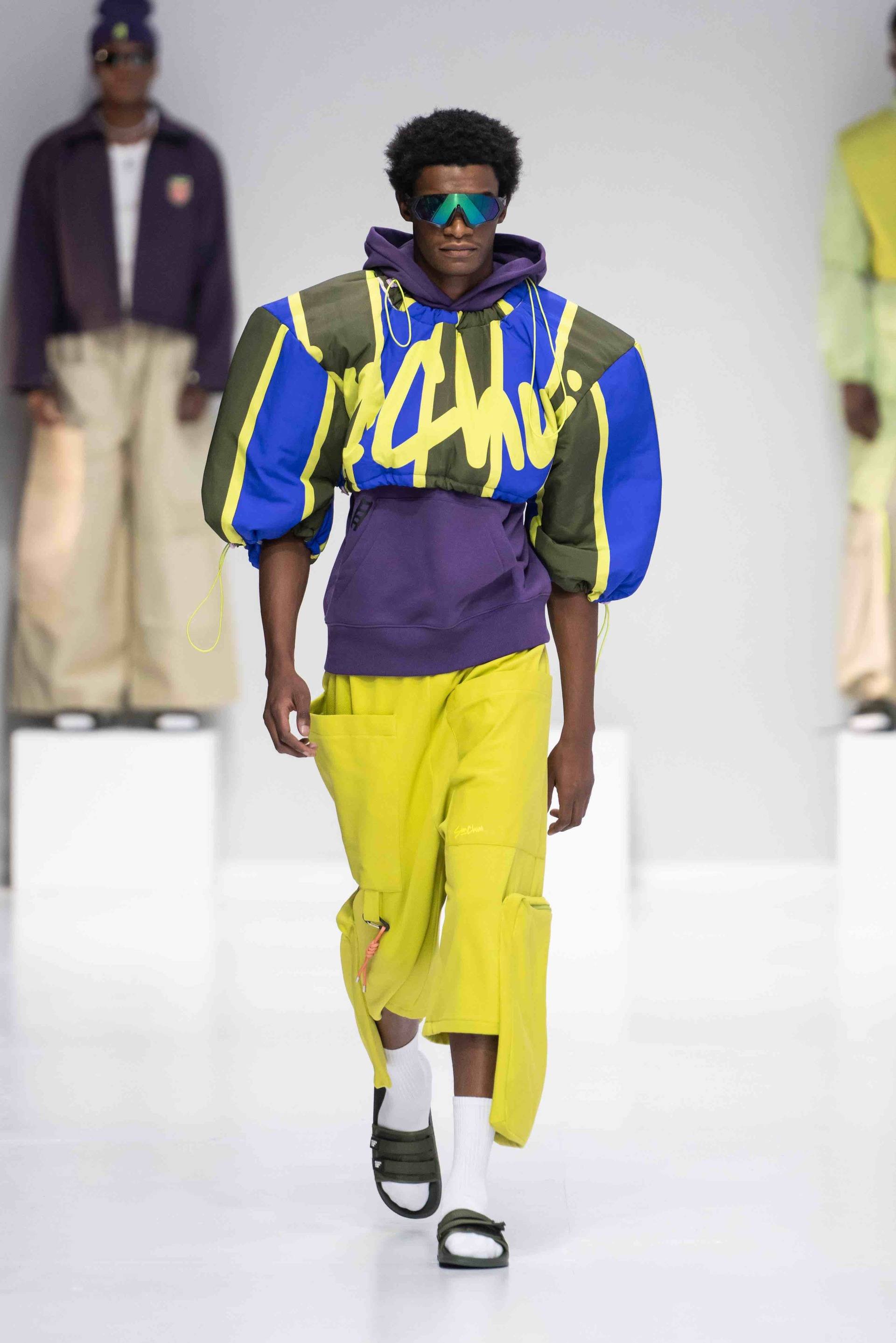

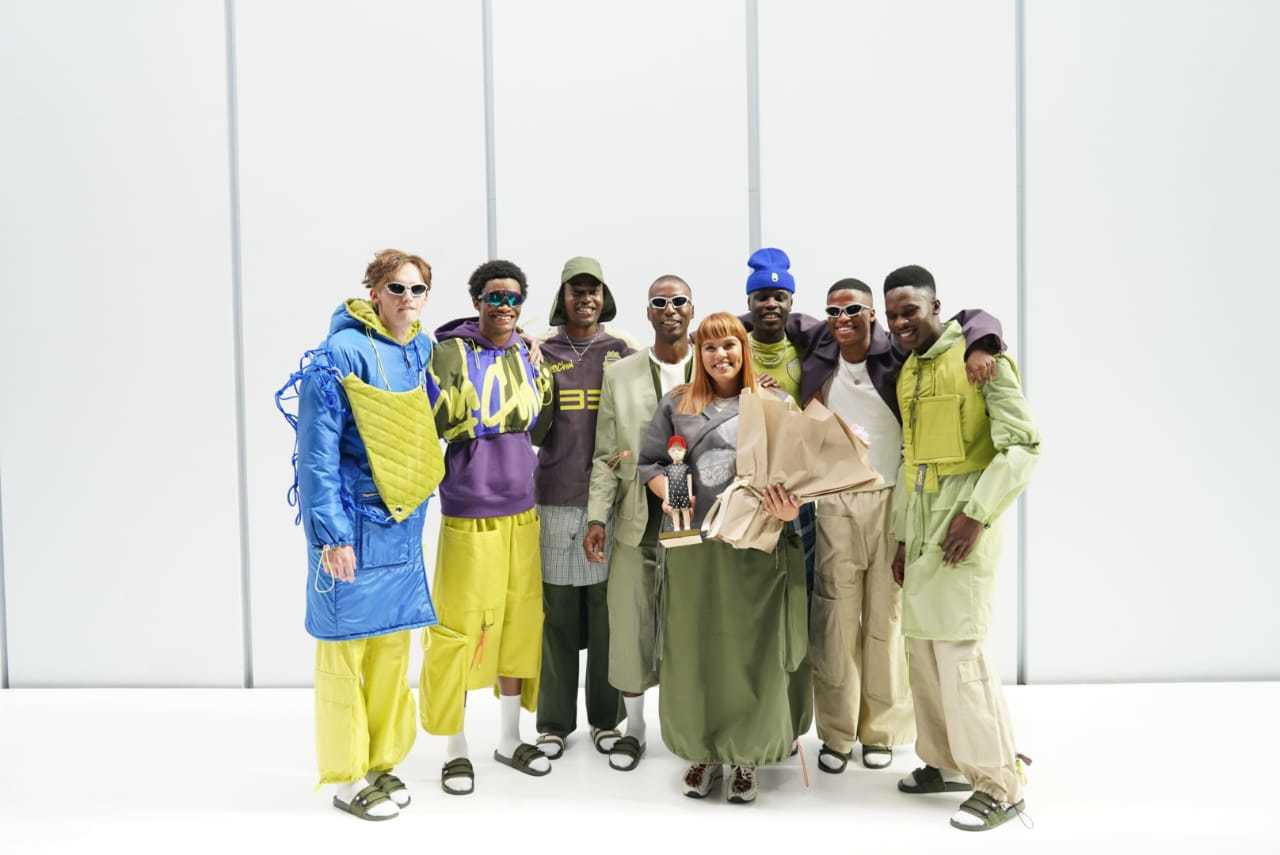
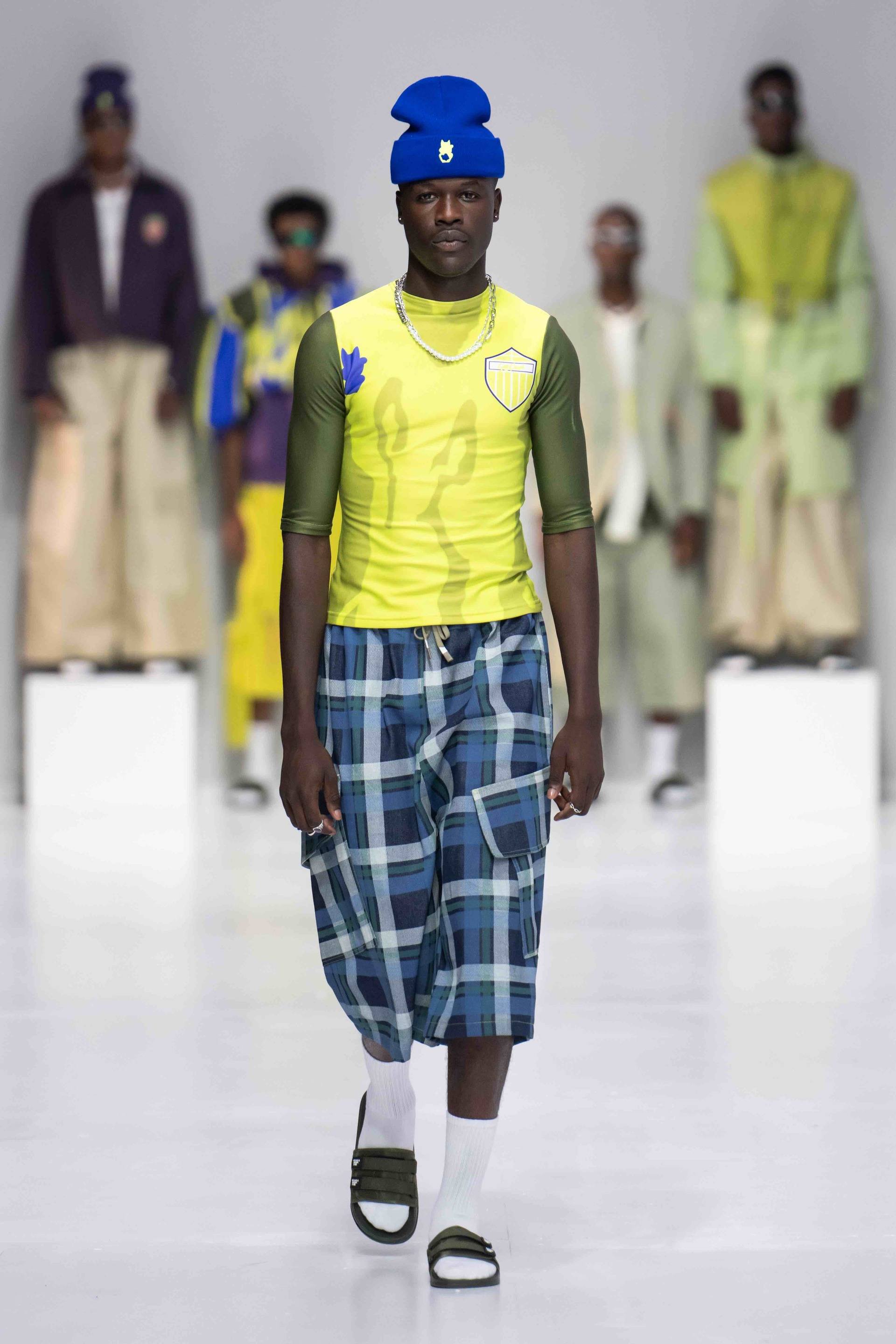
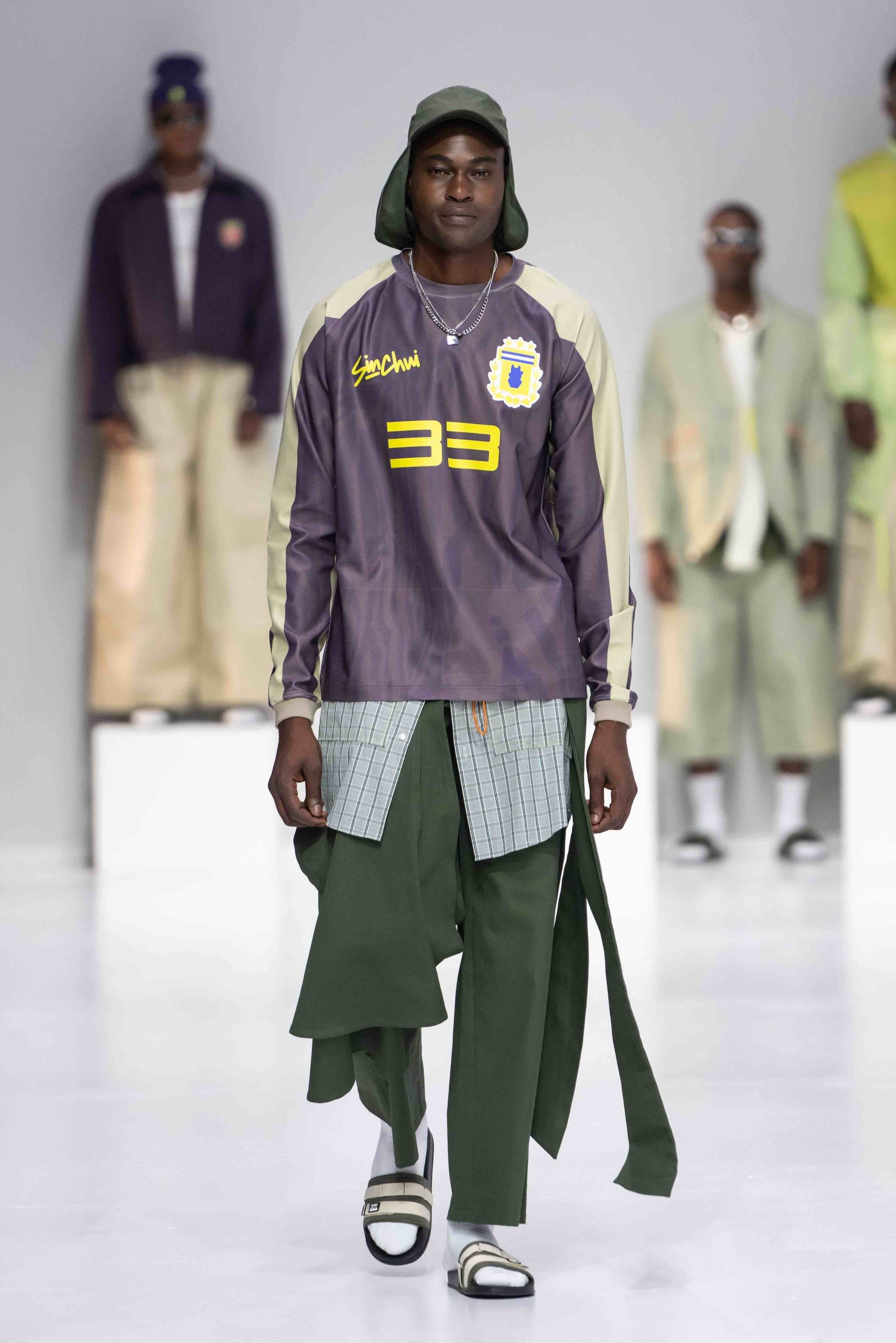

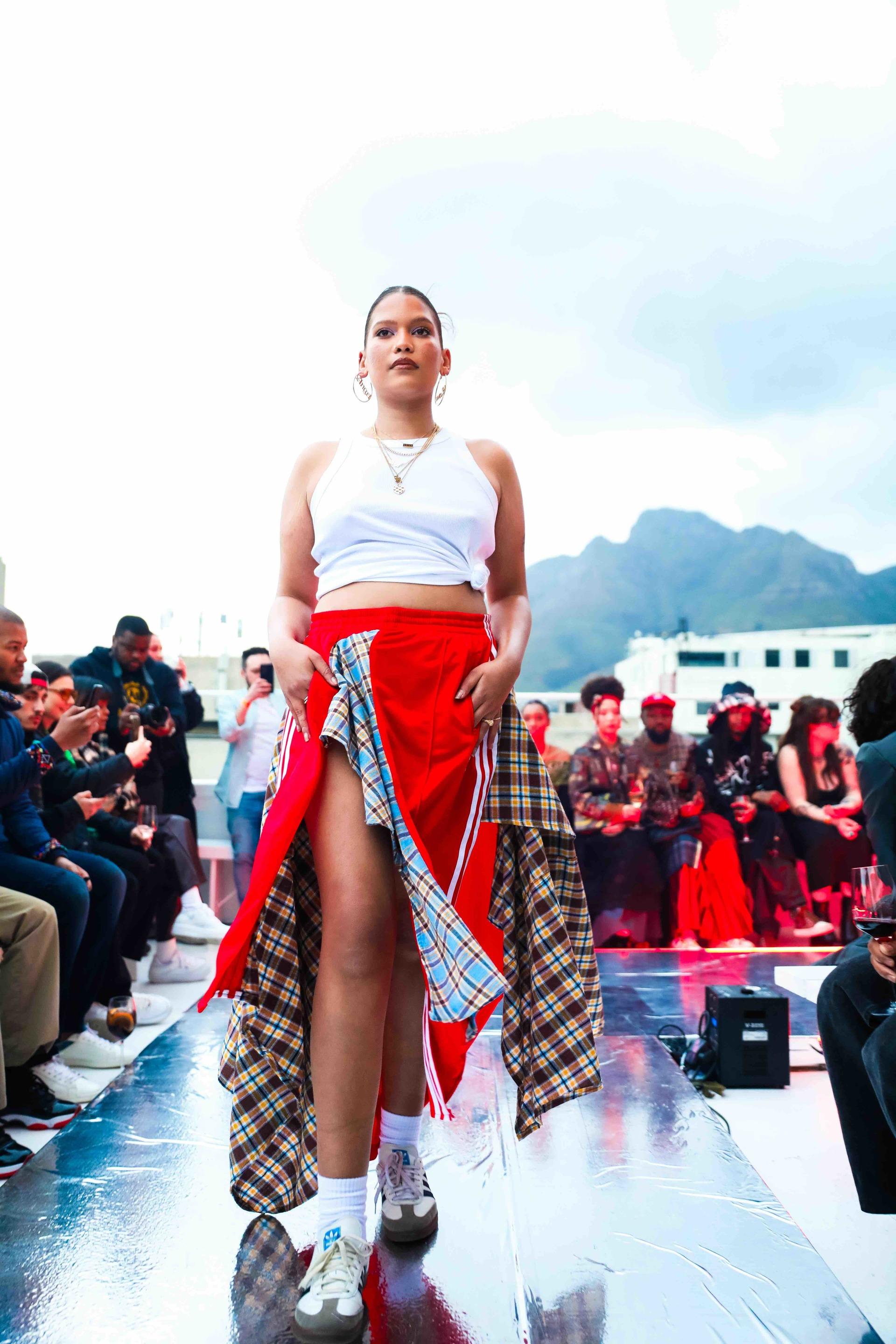
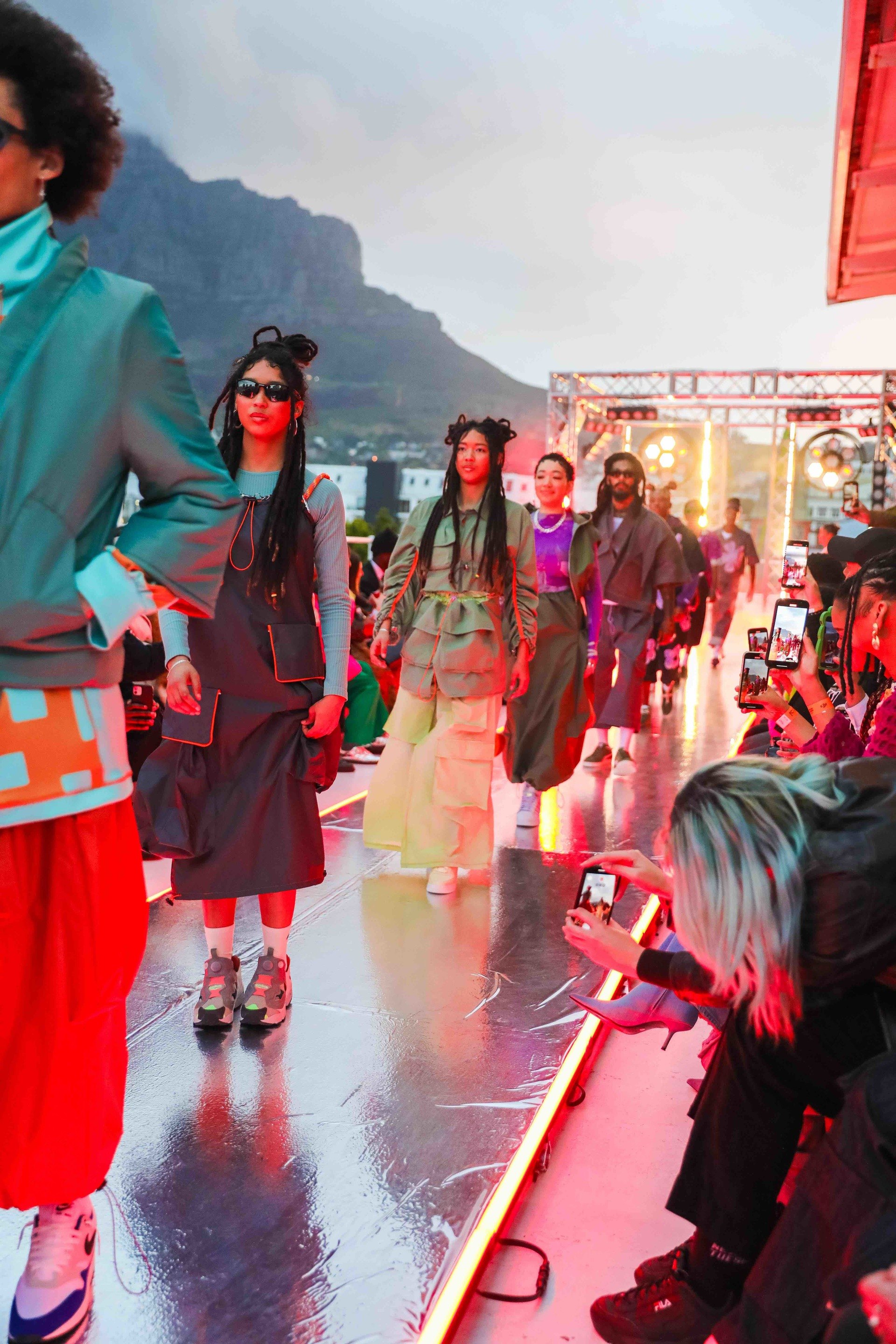
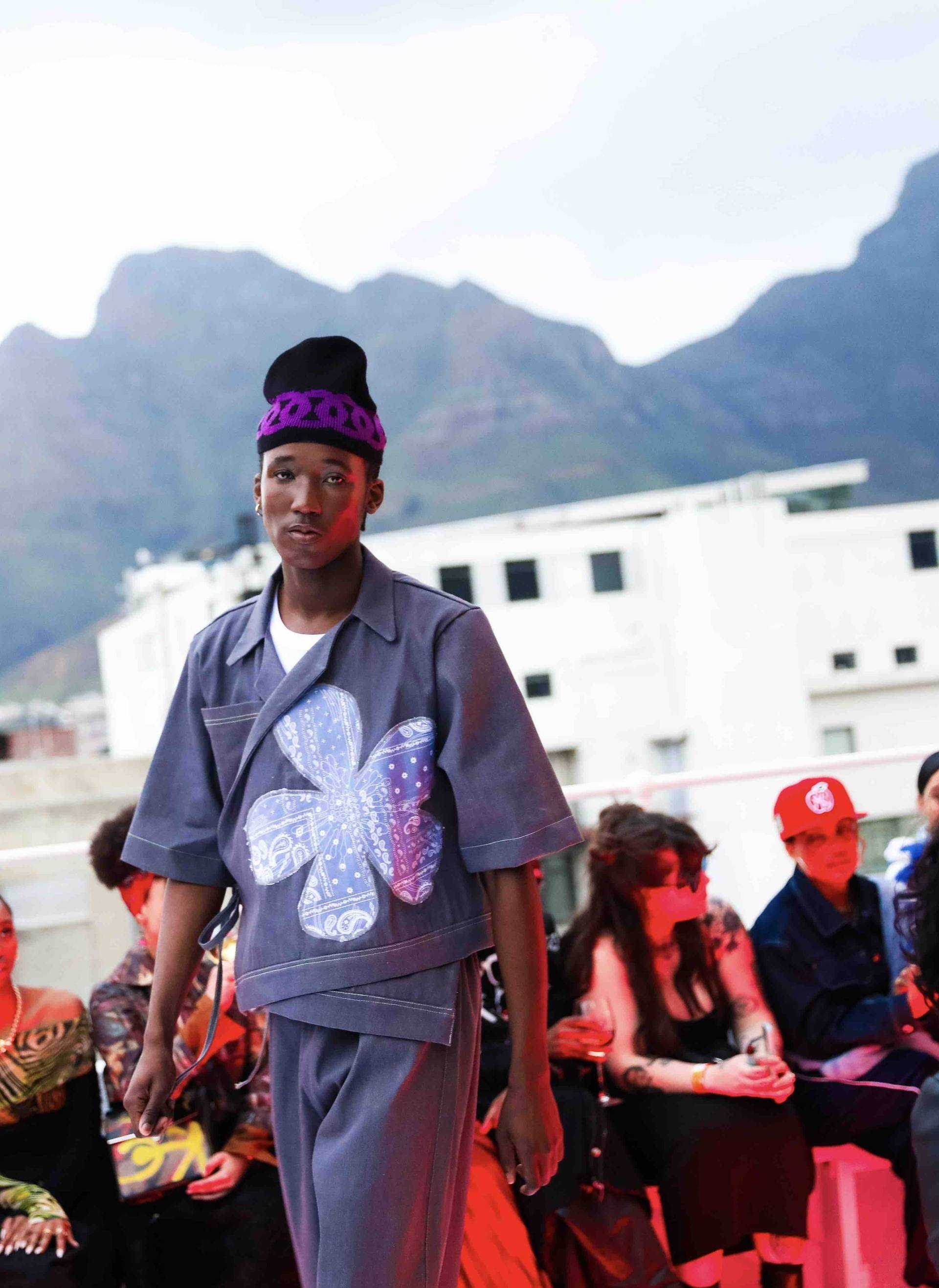
Recent Comments